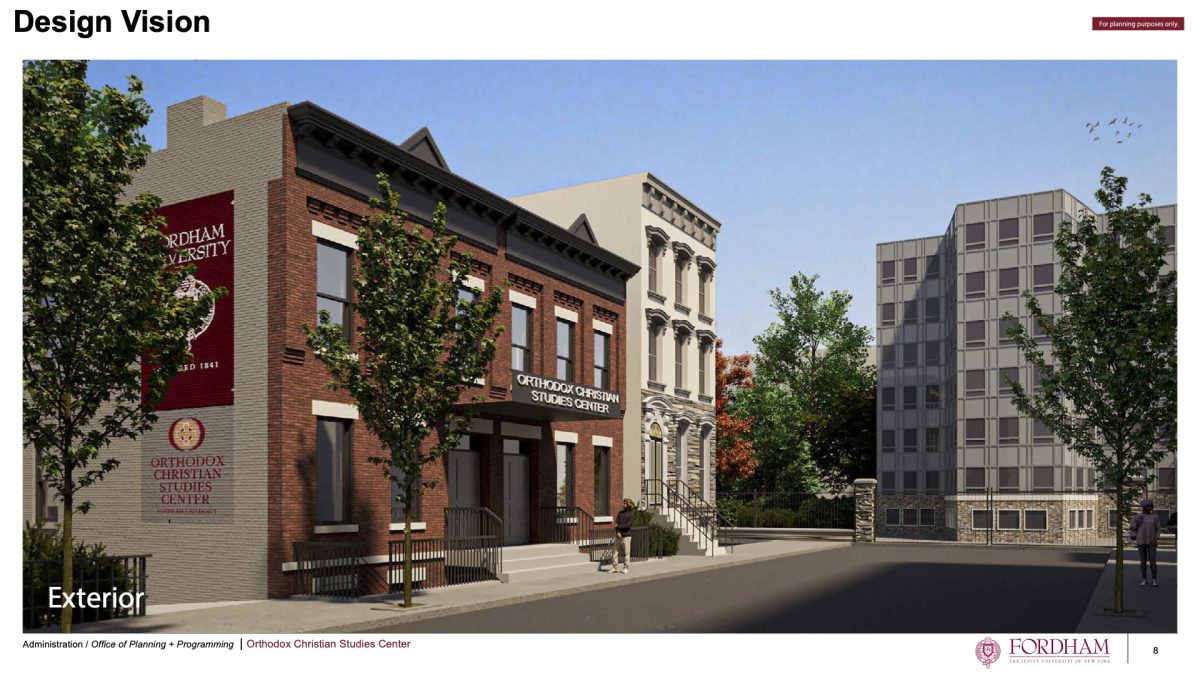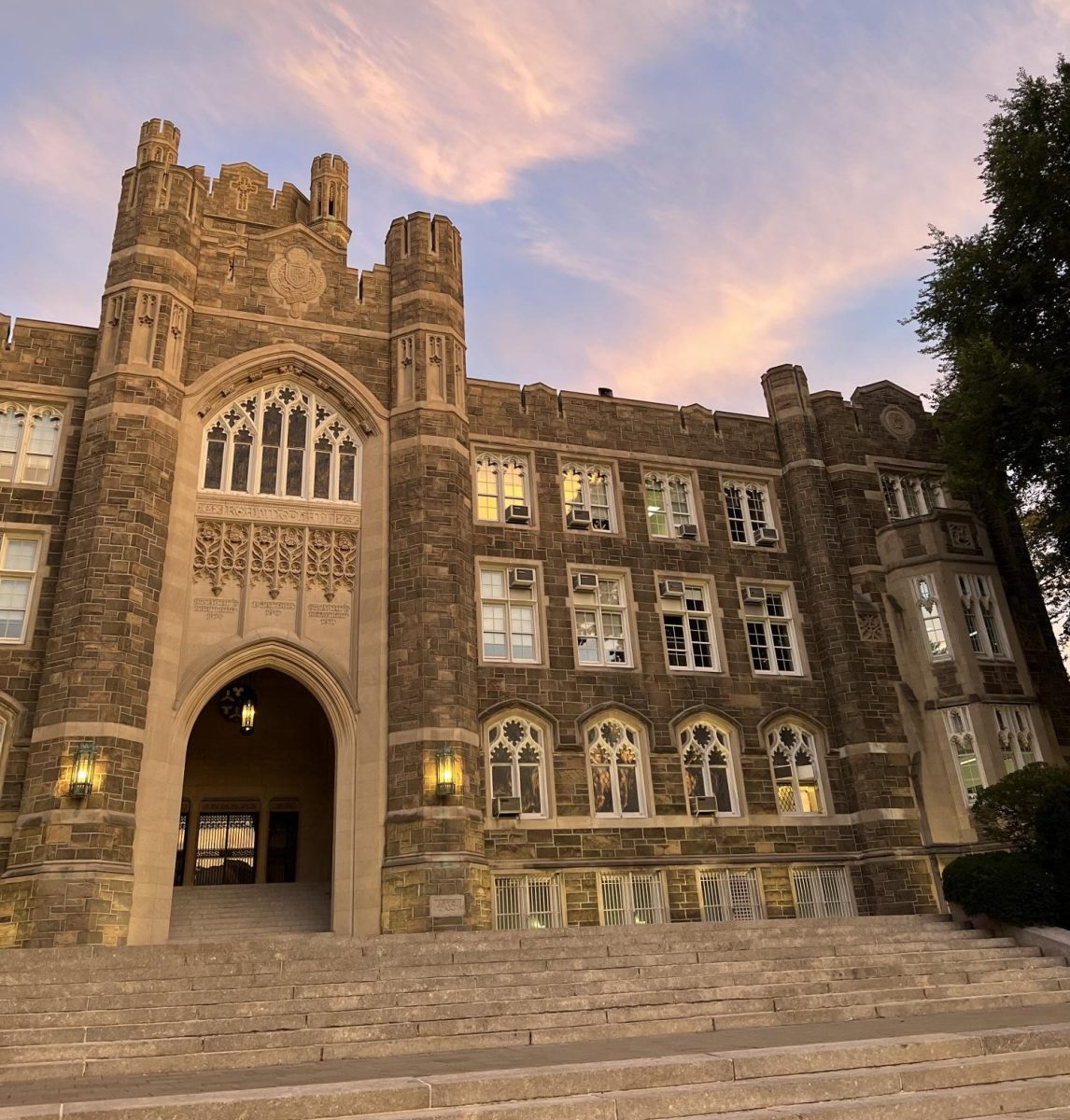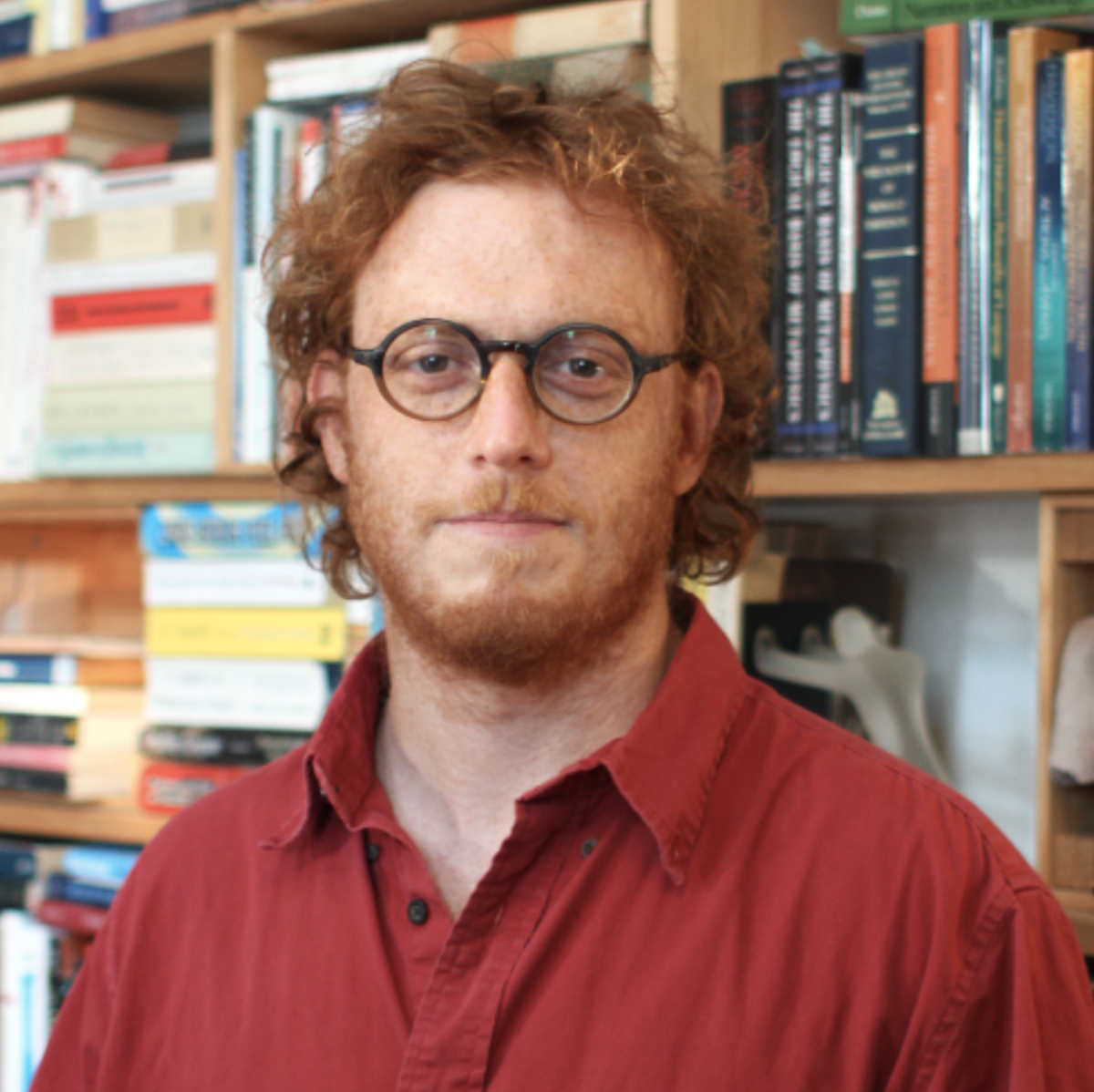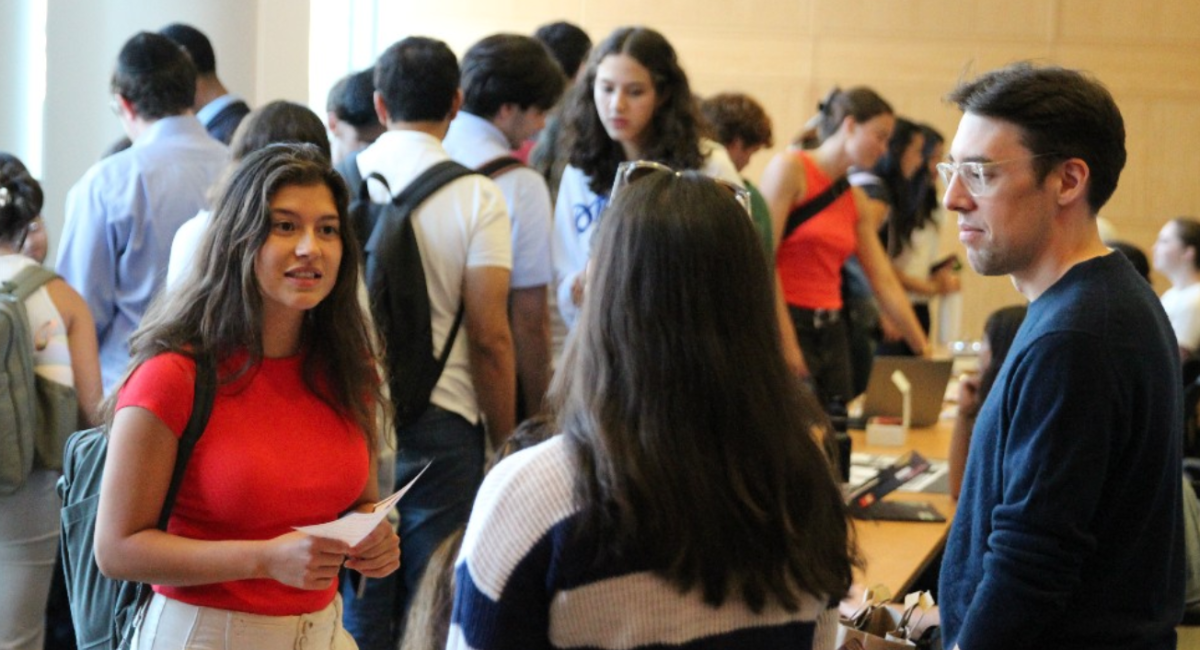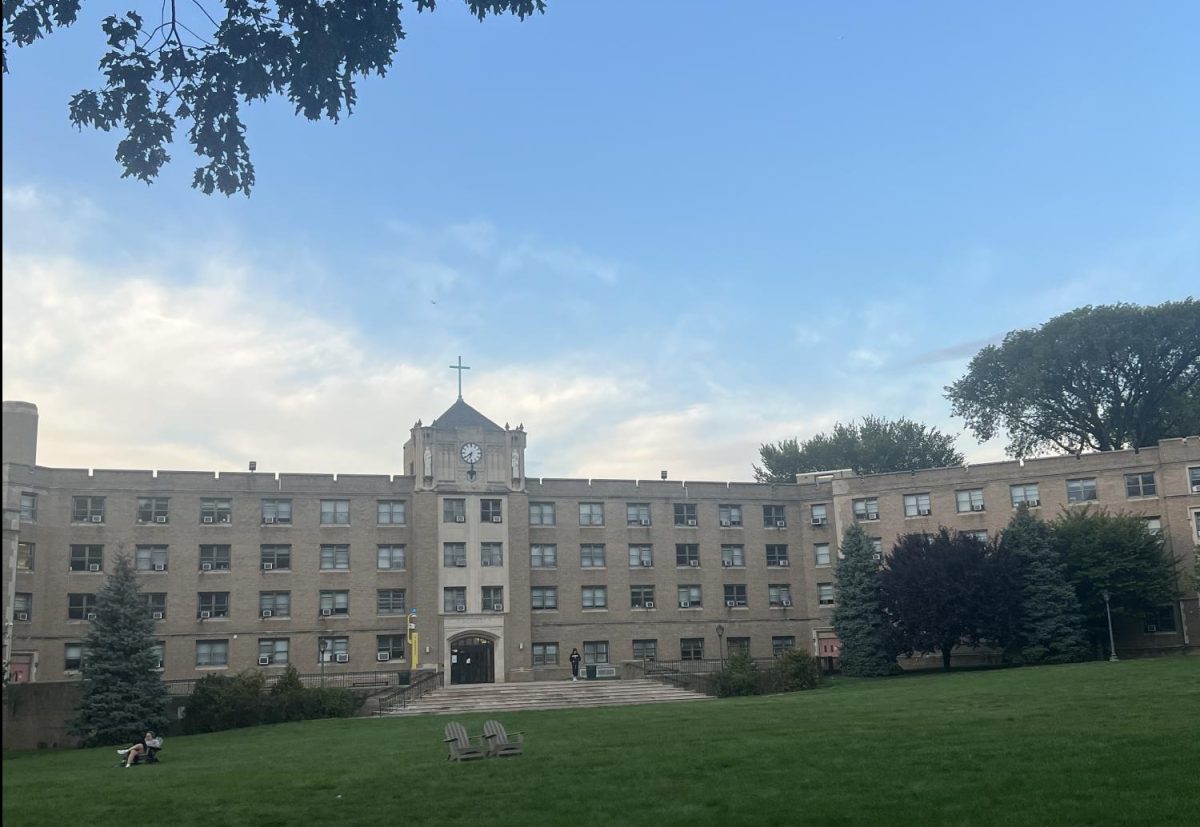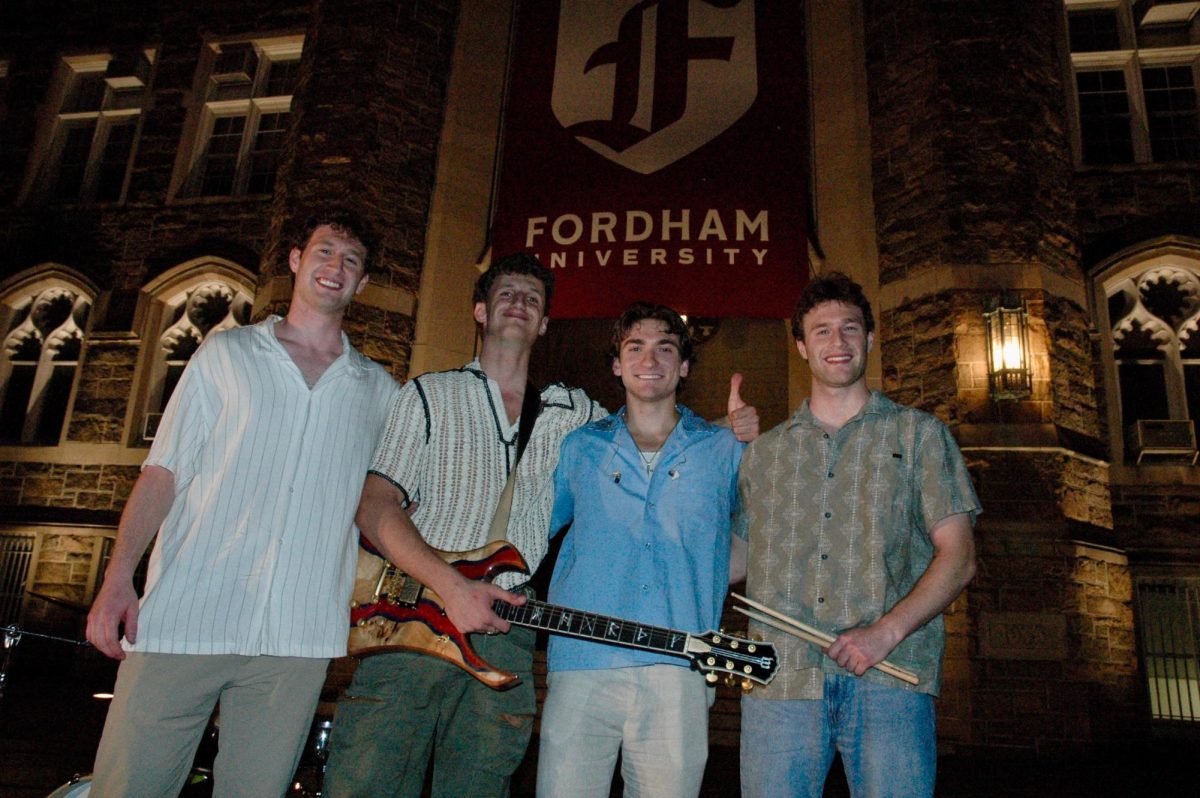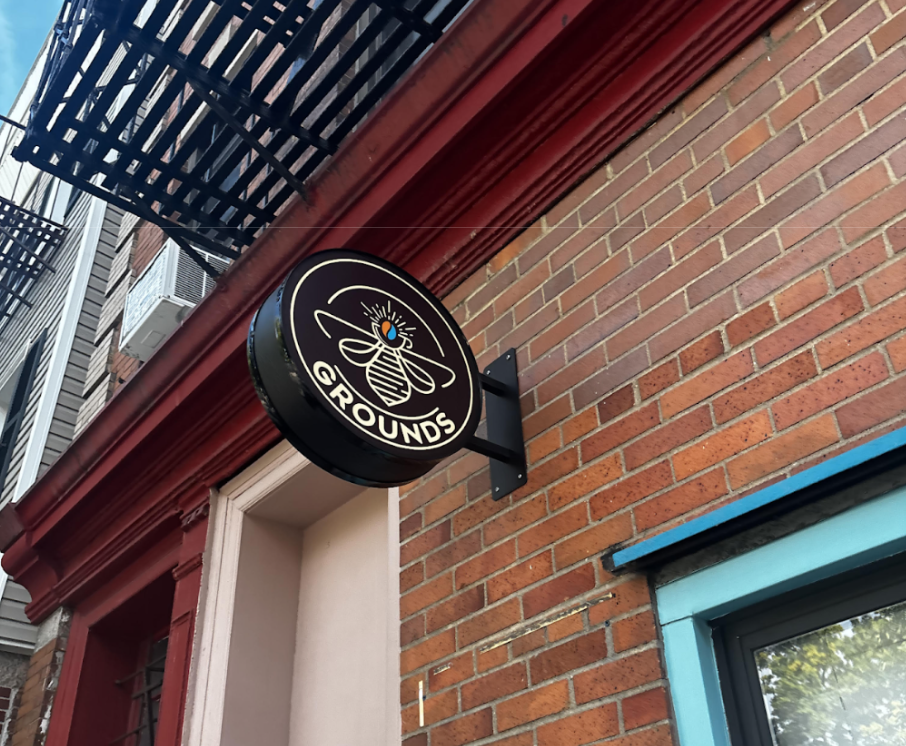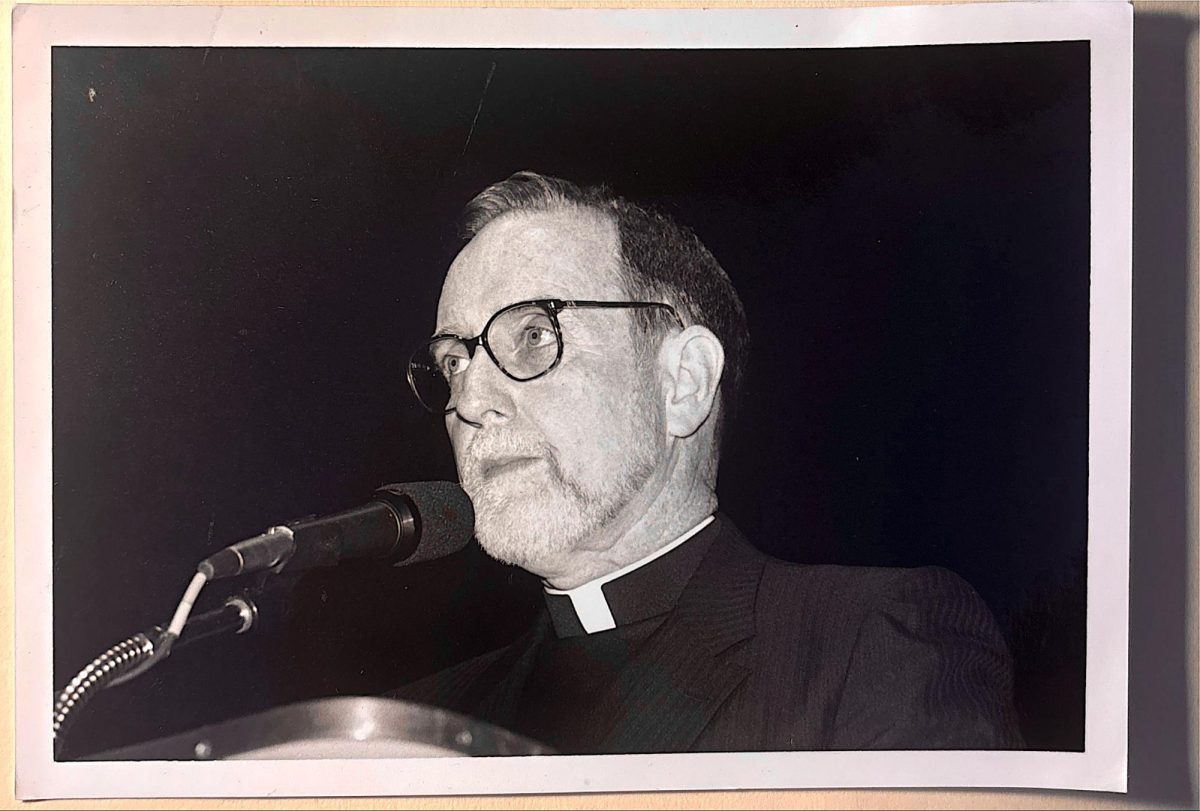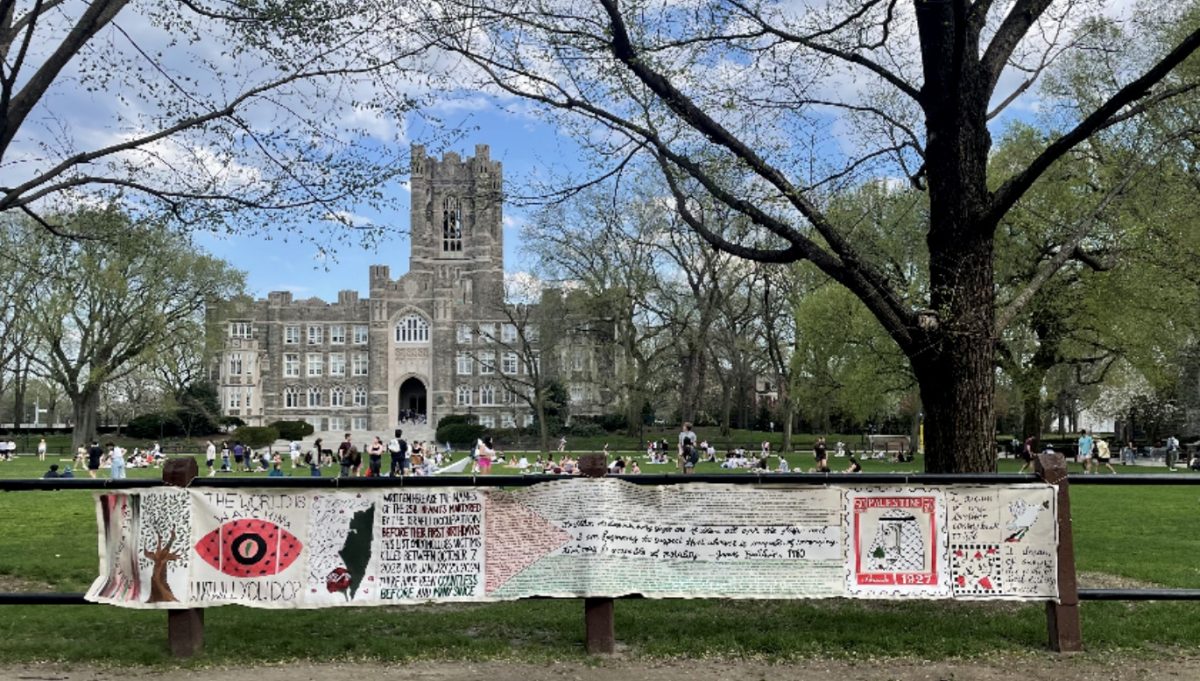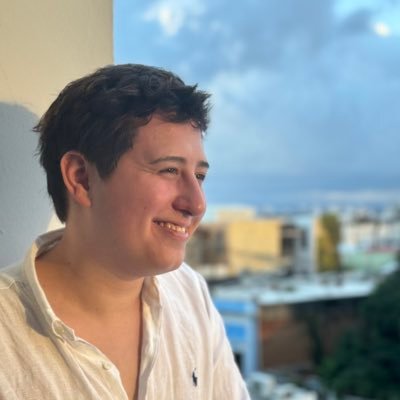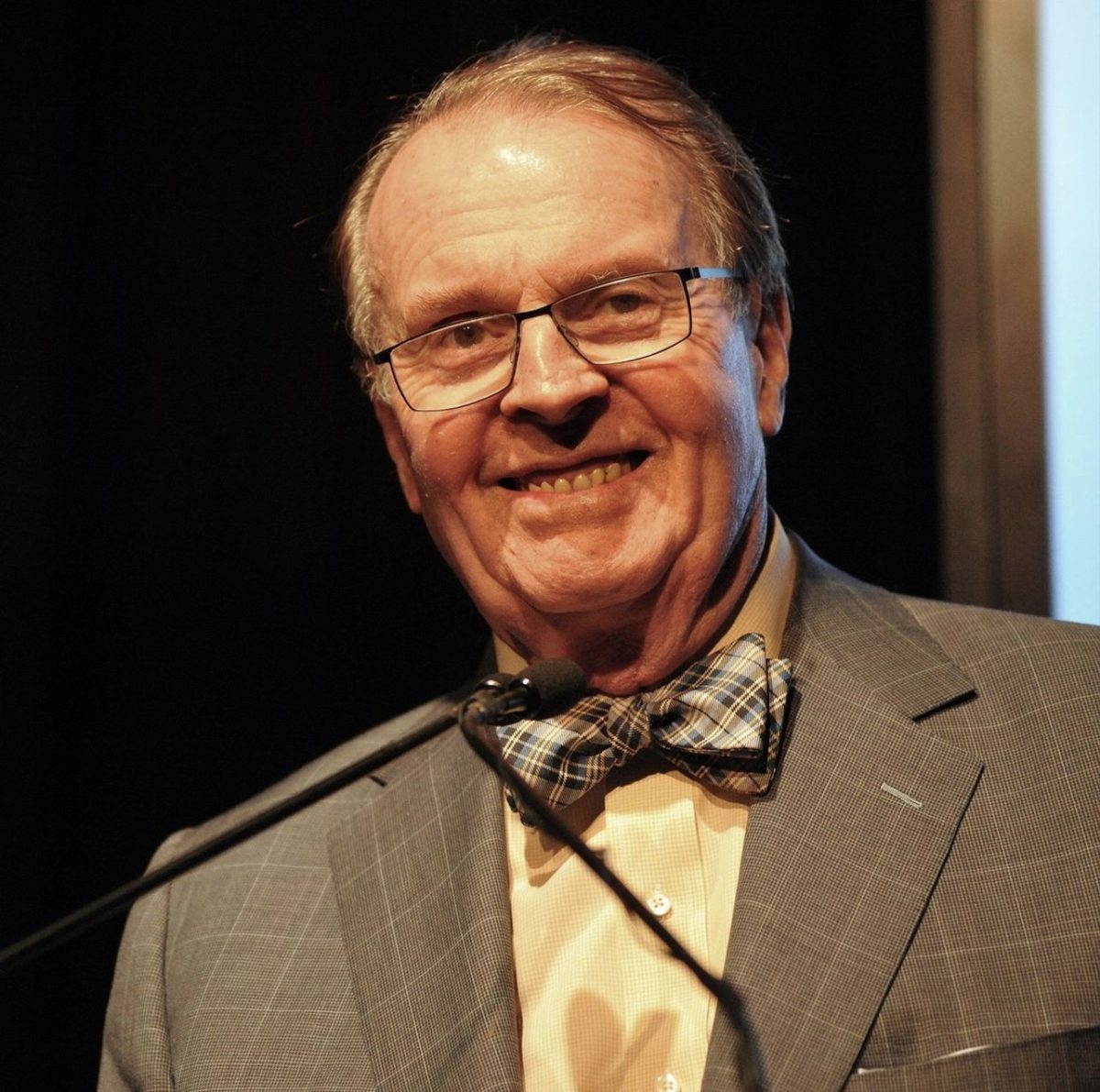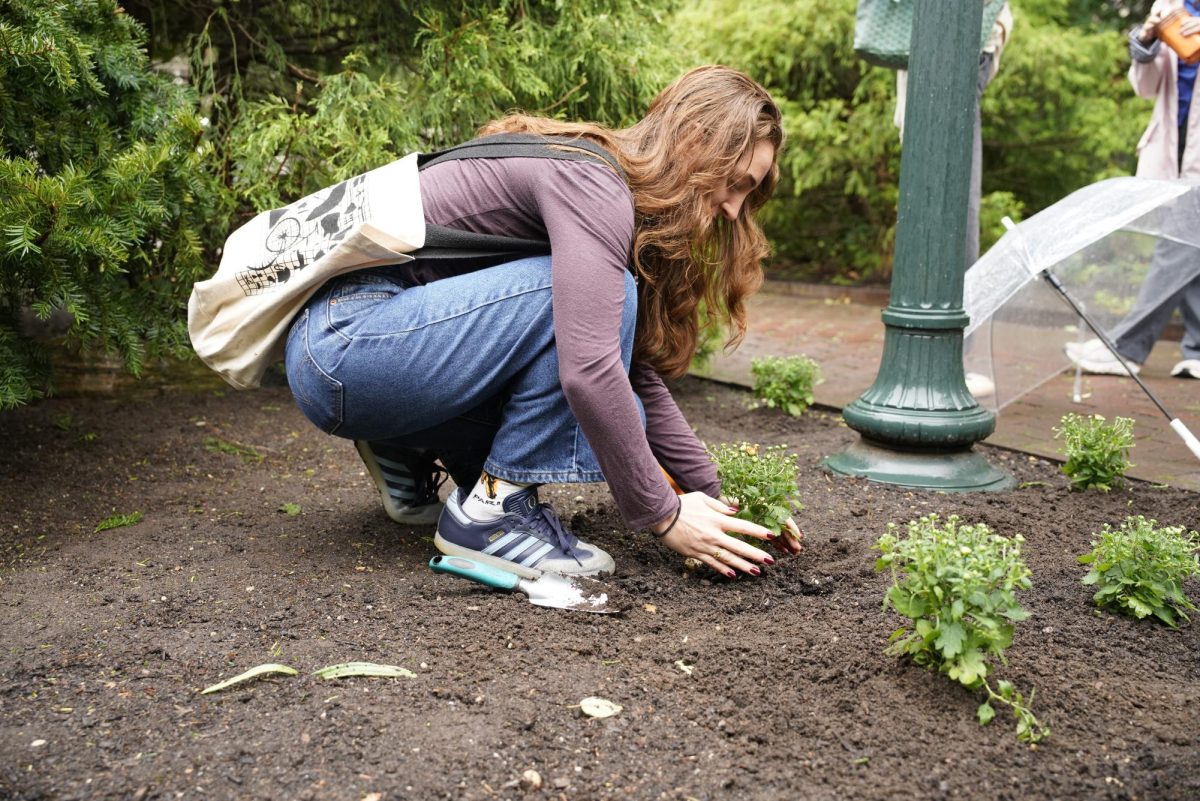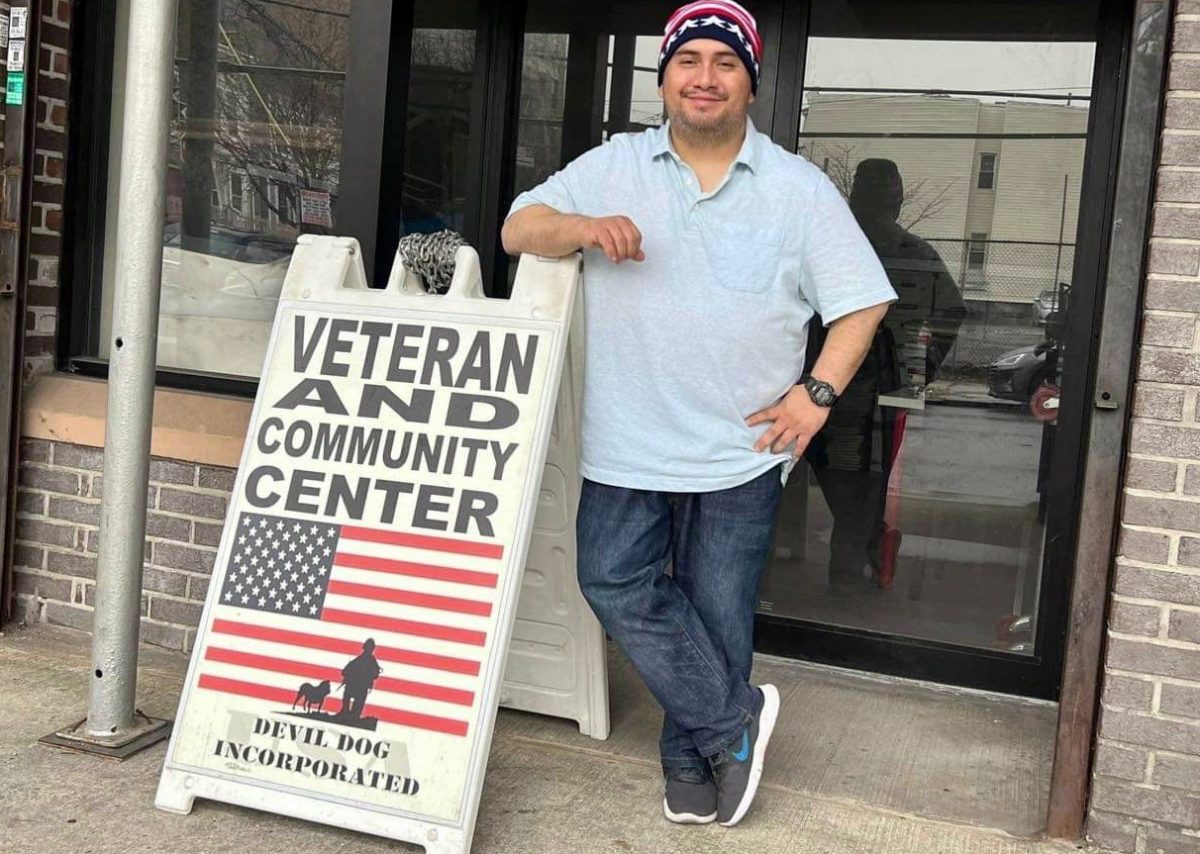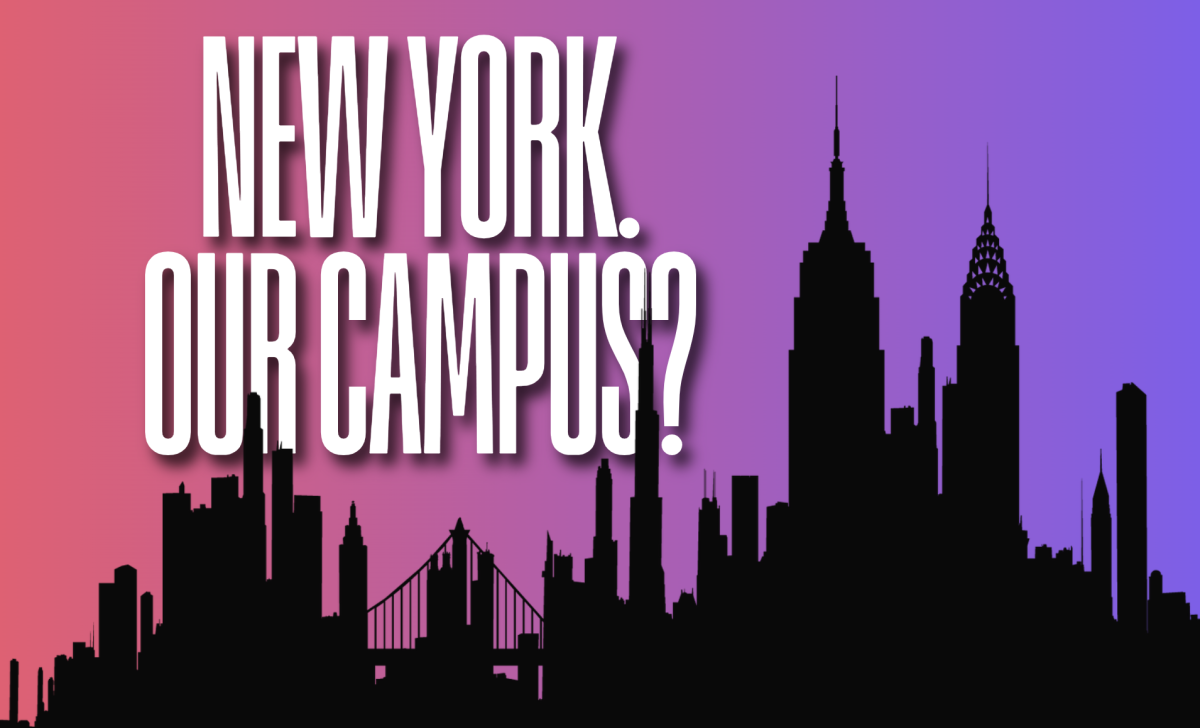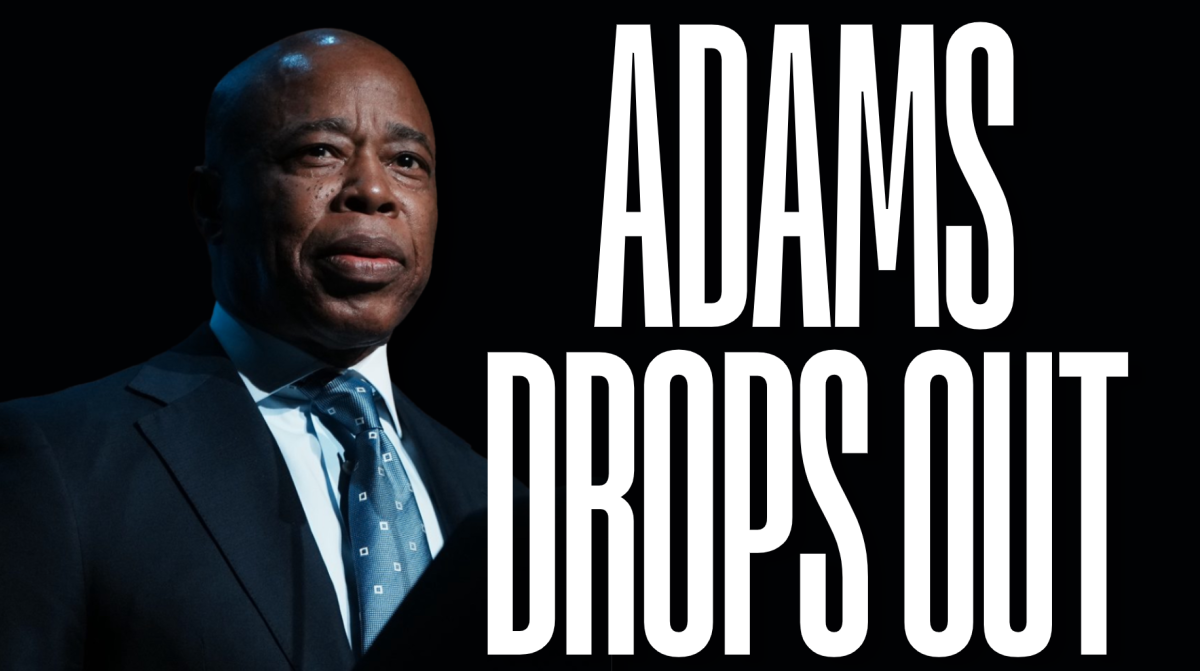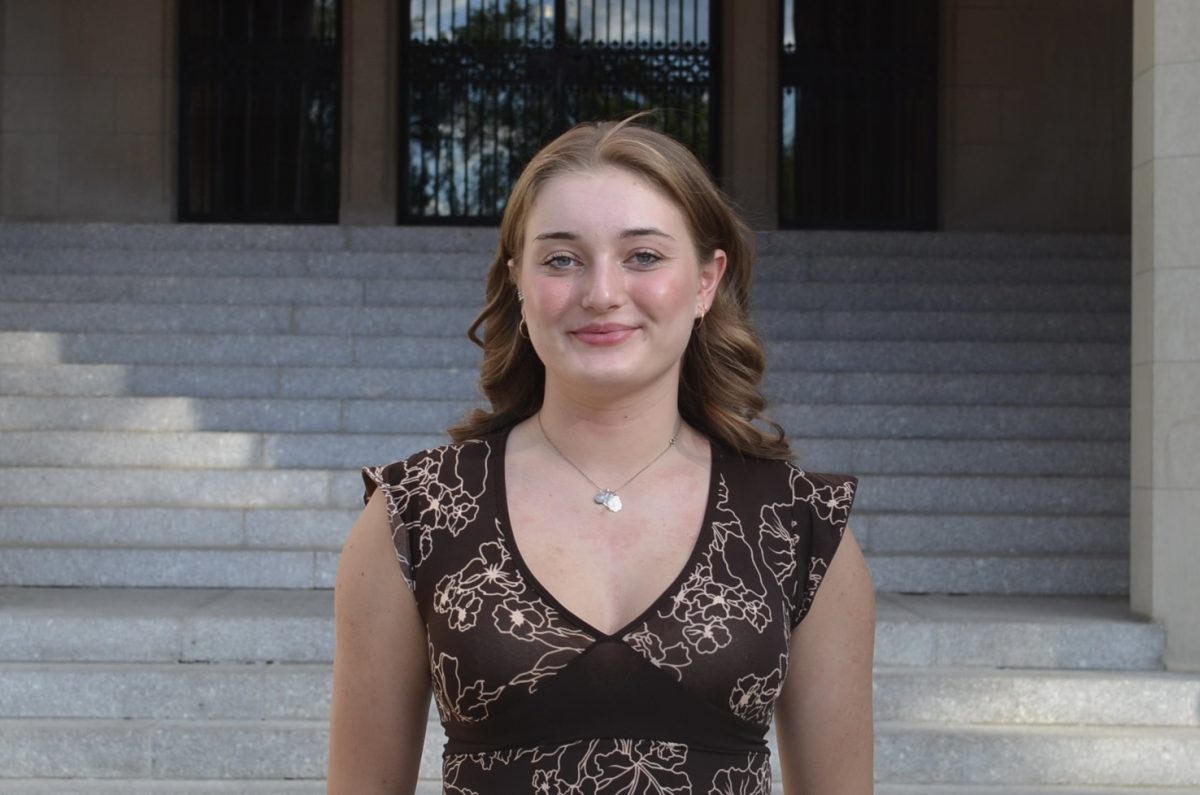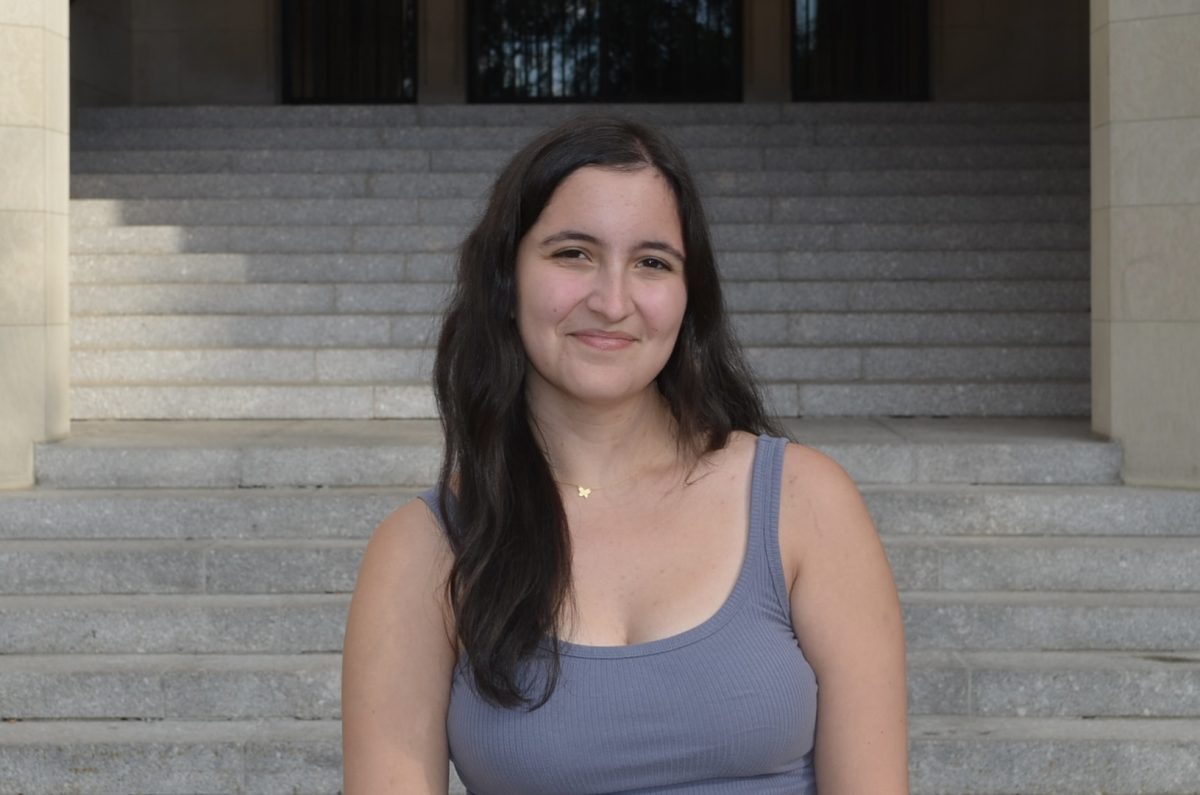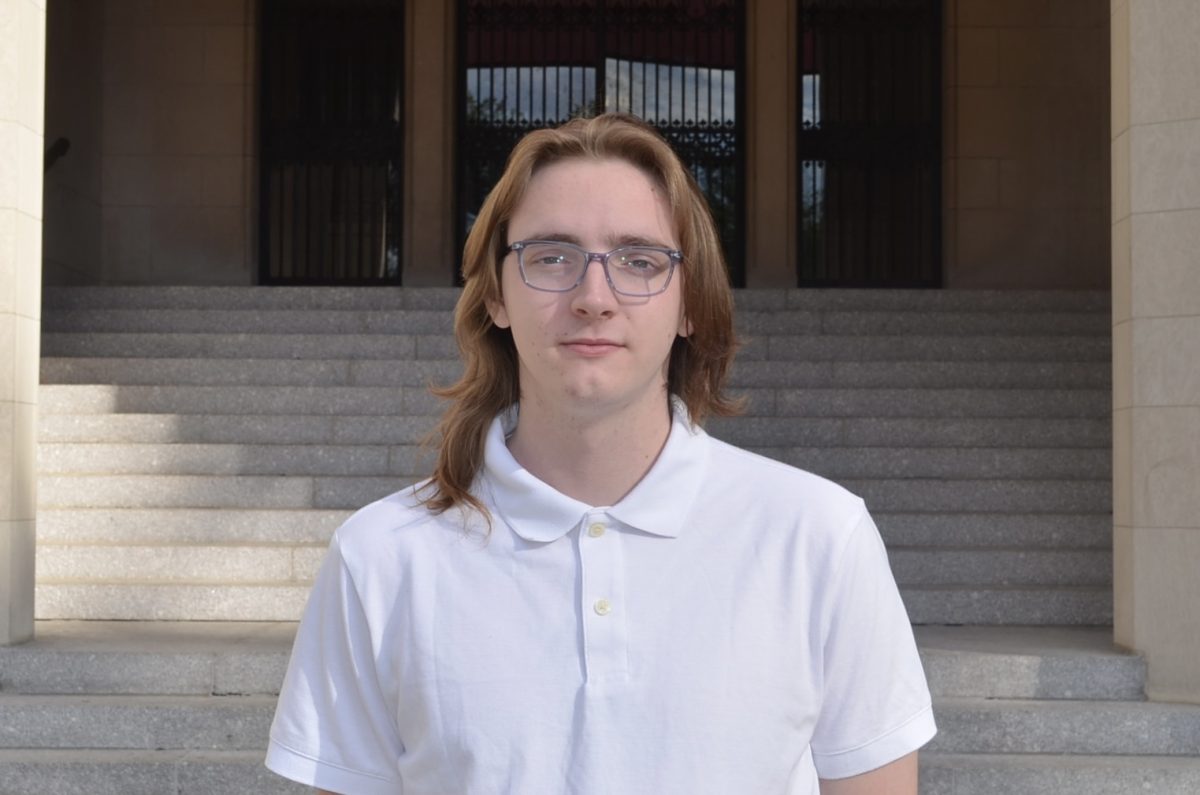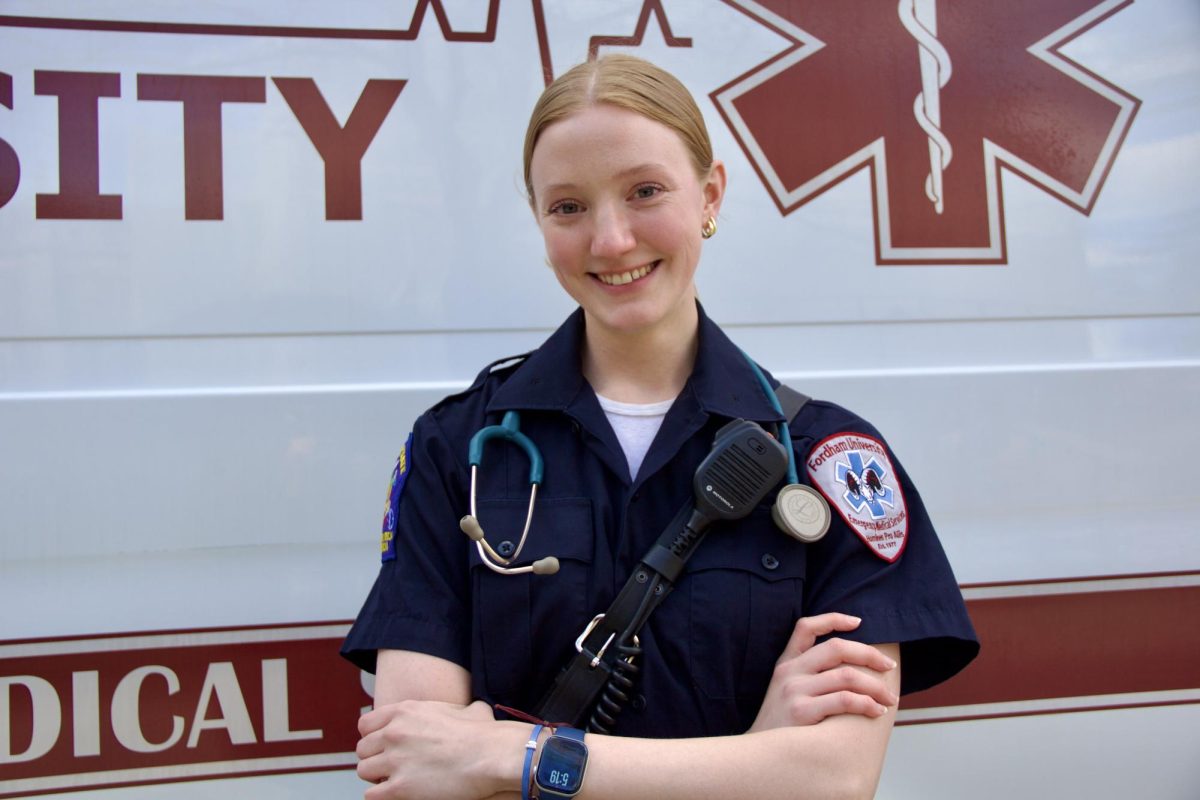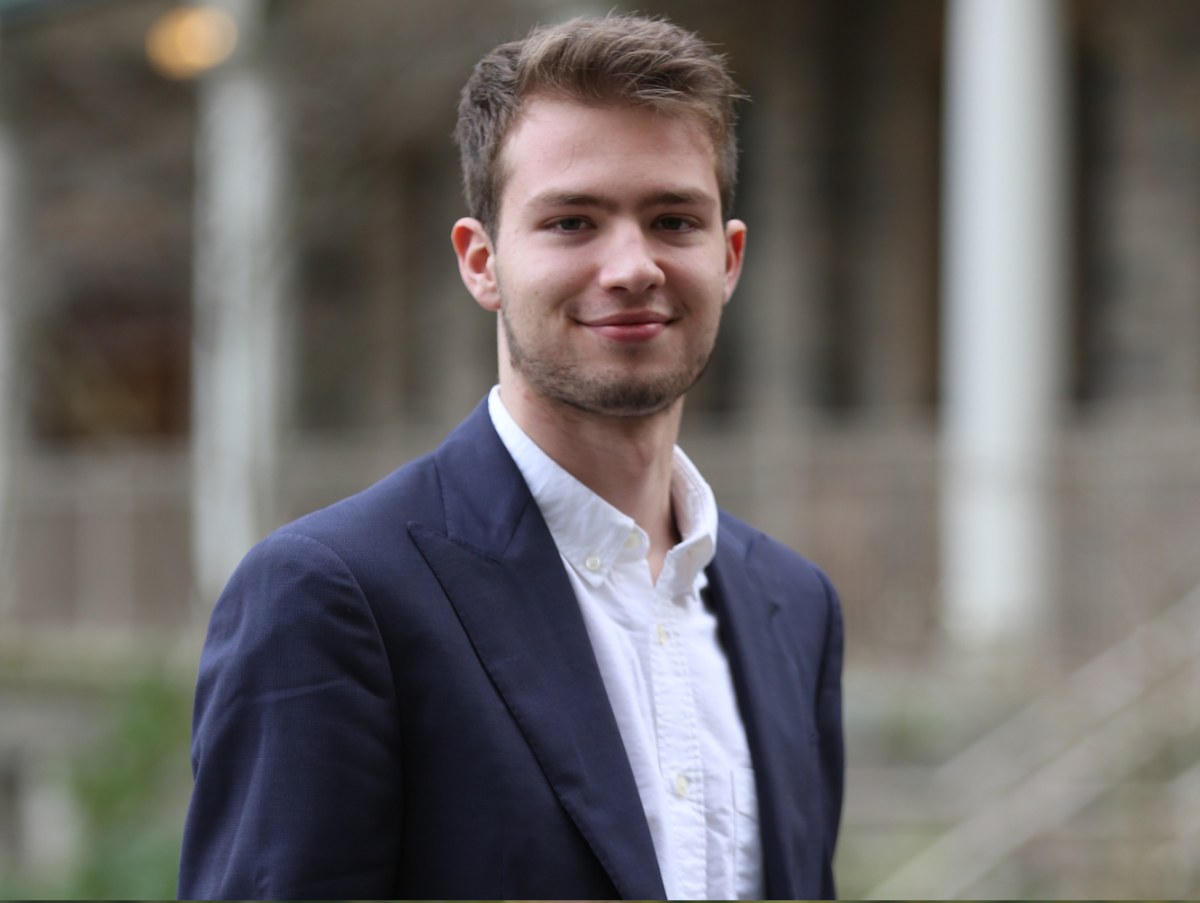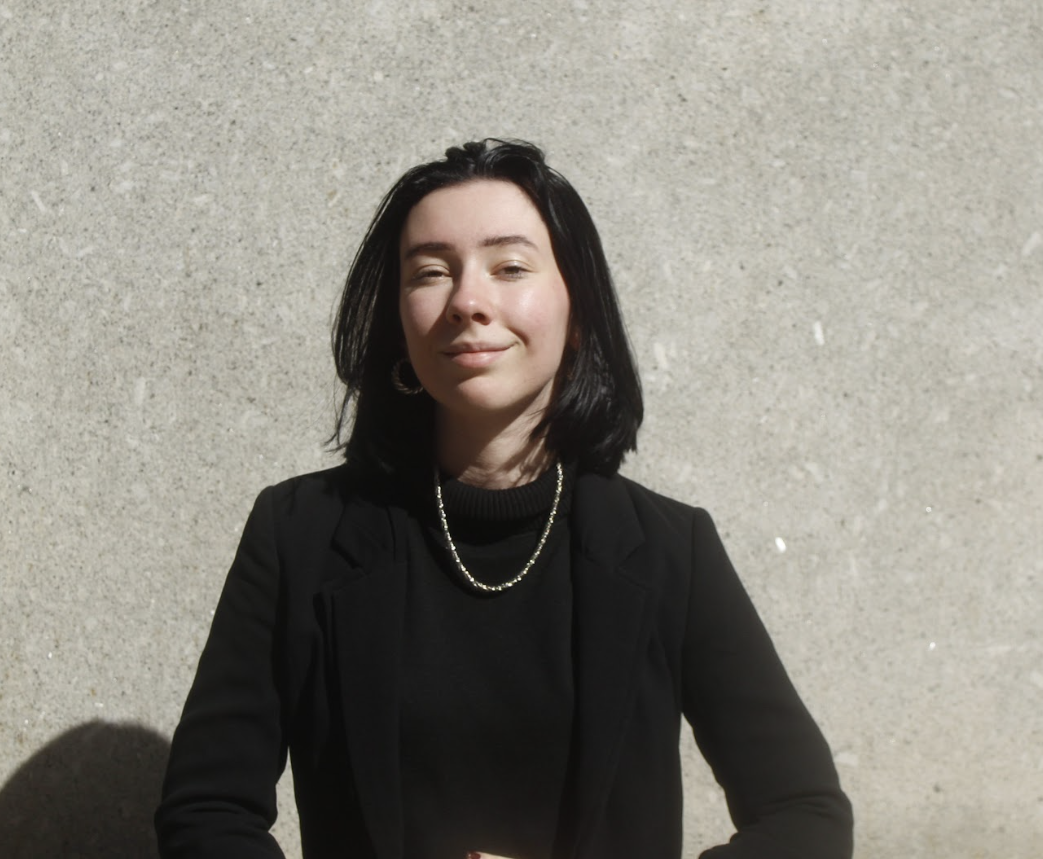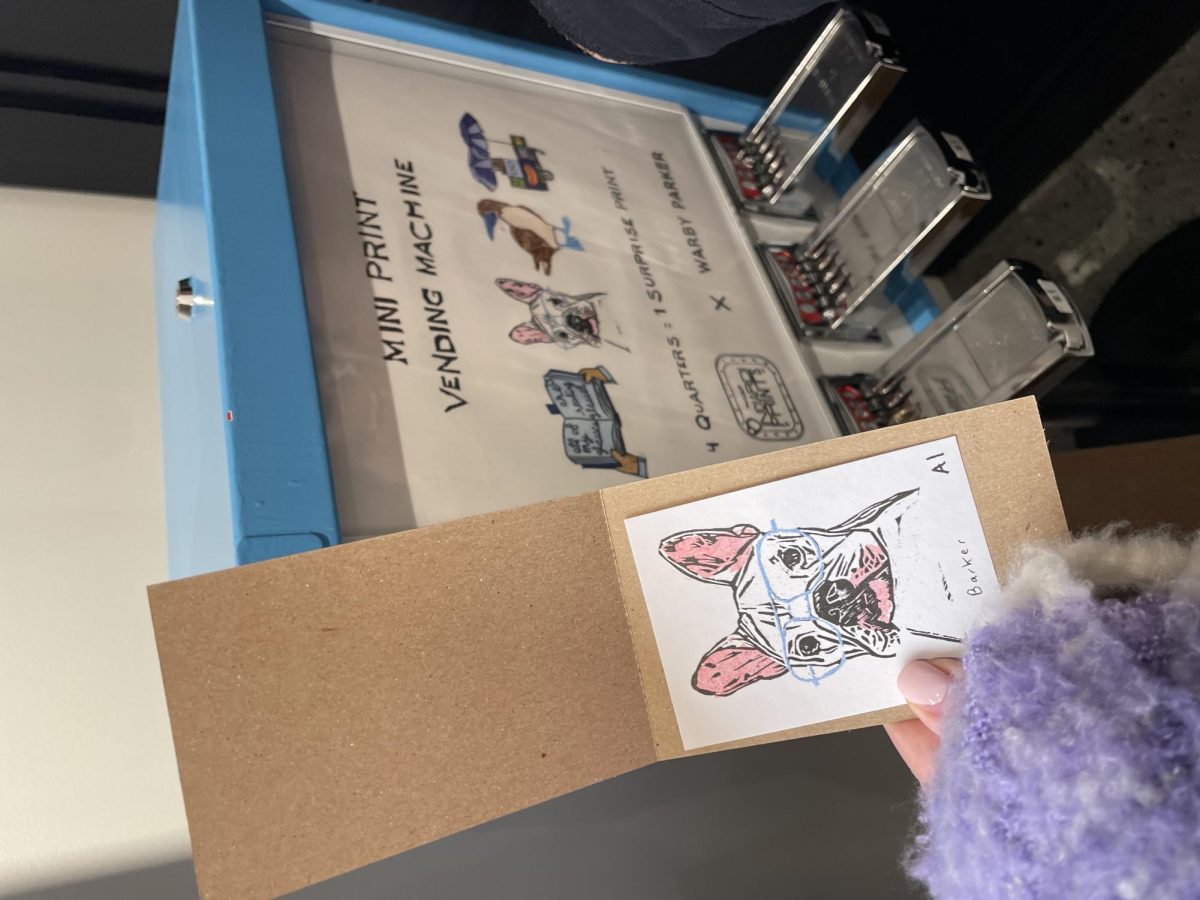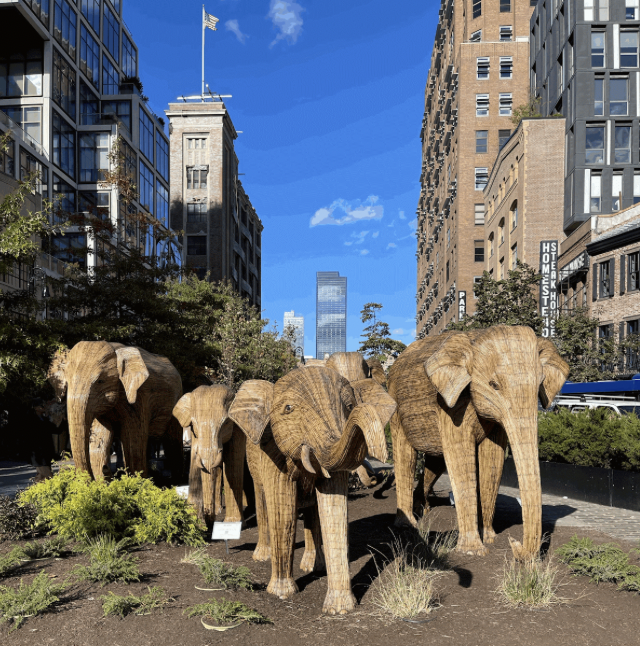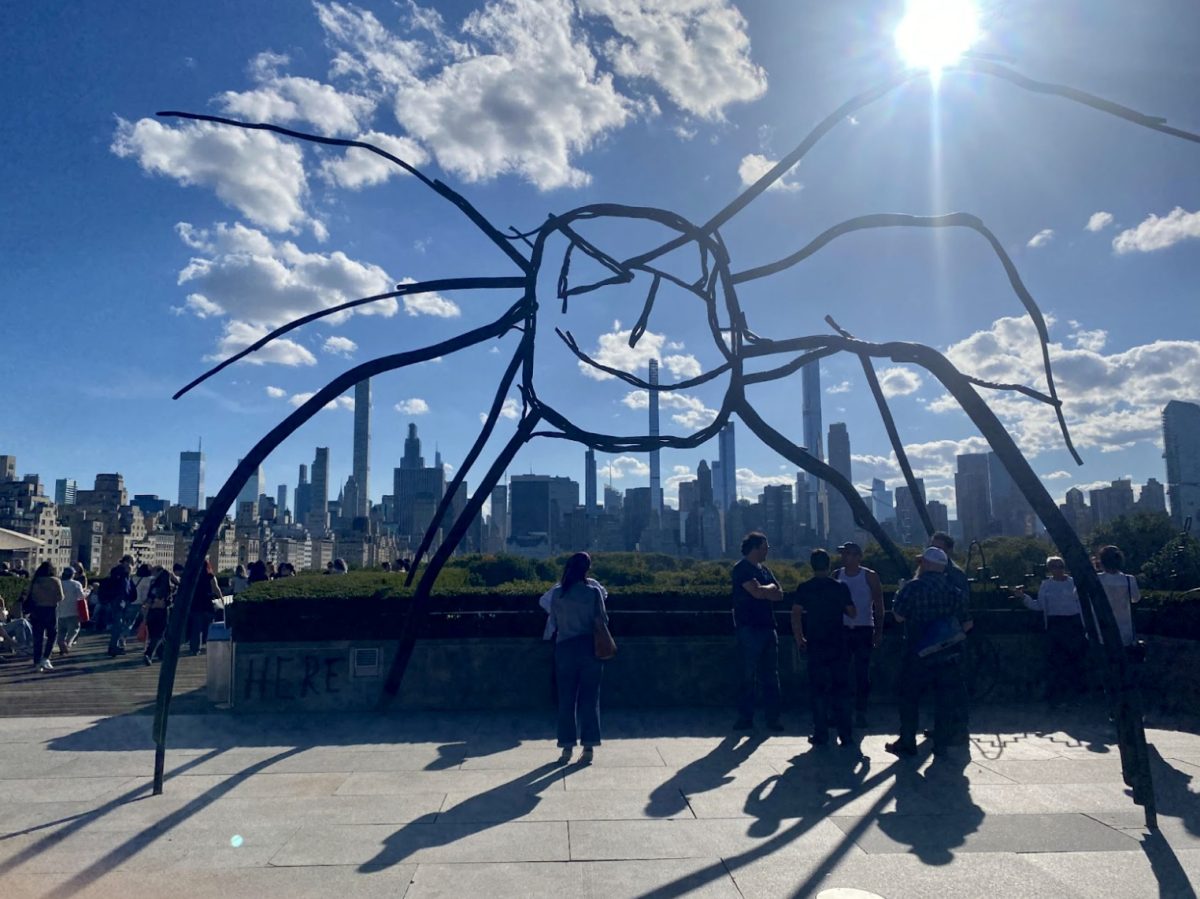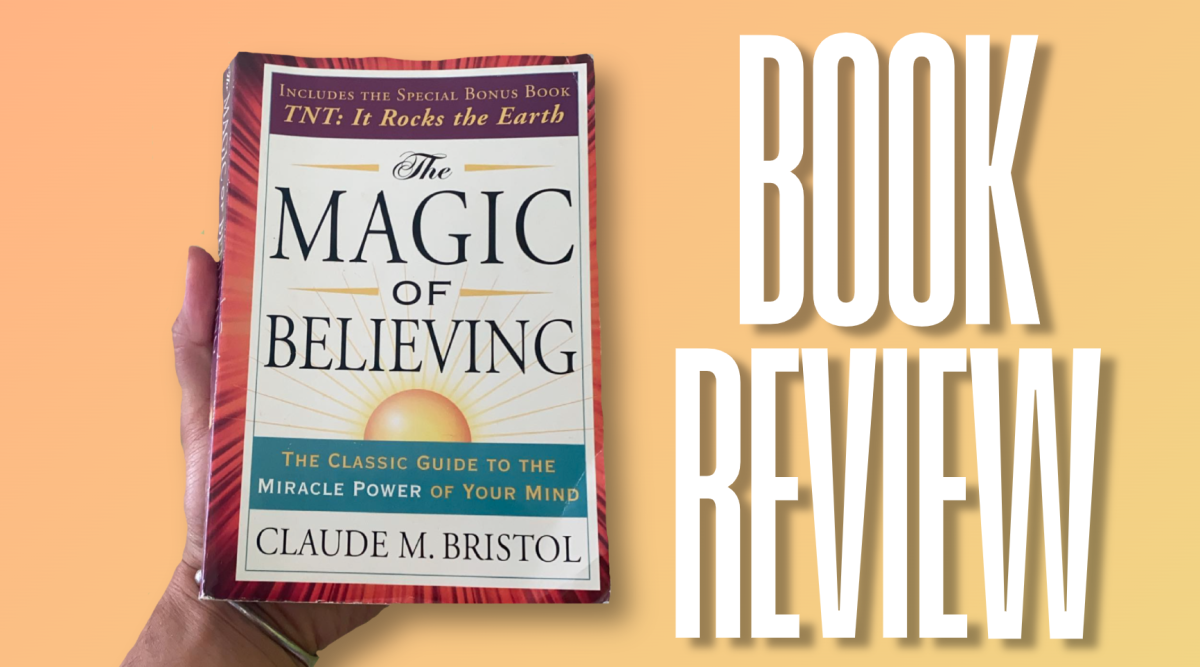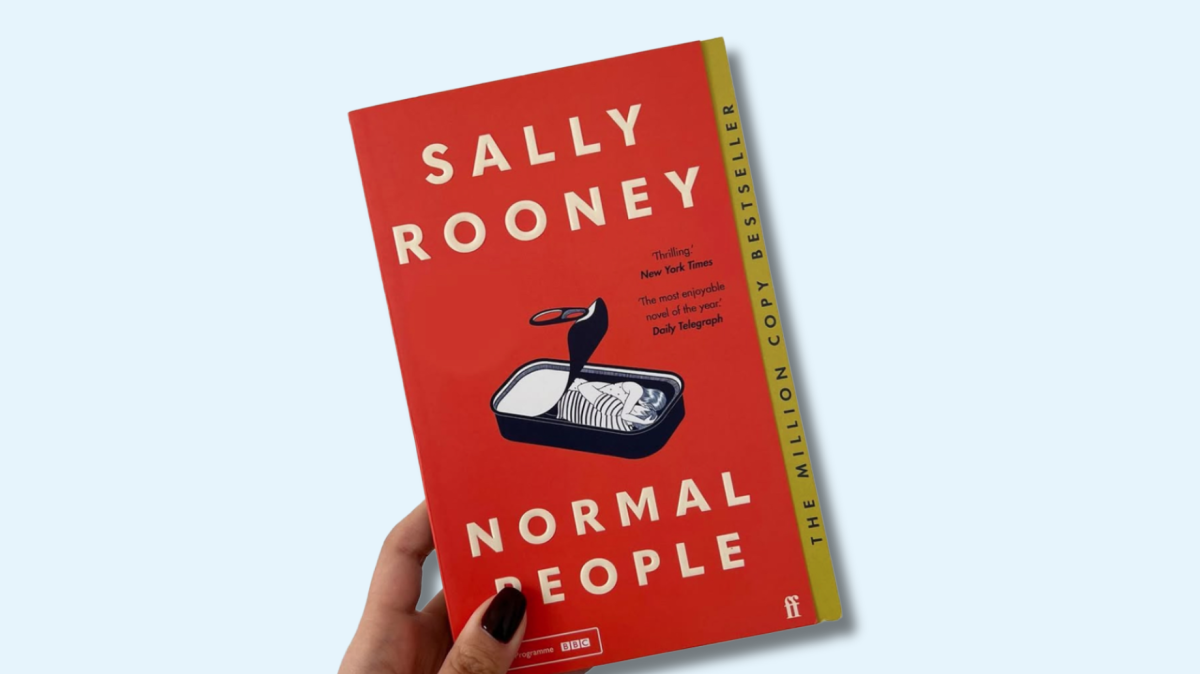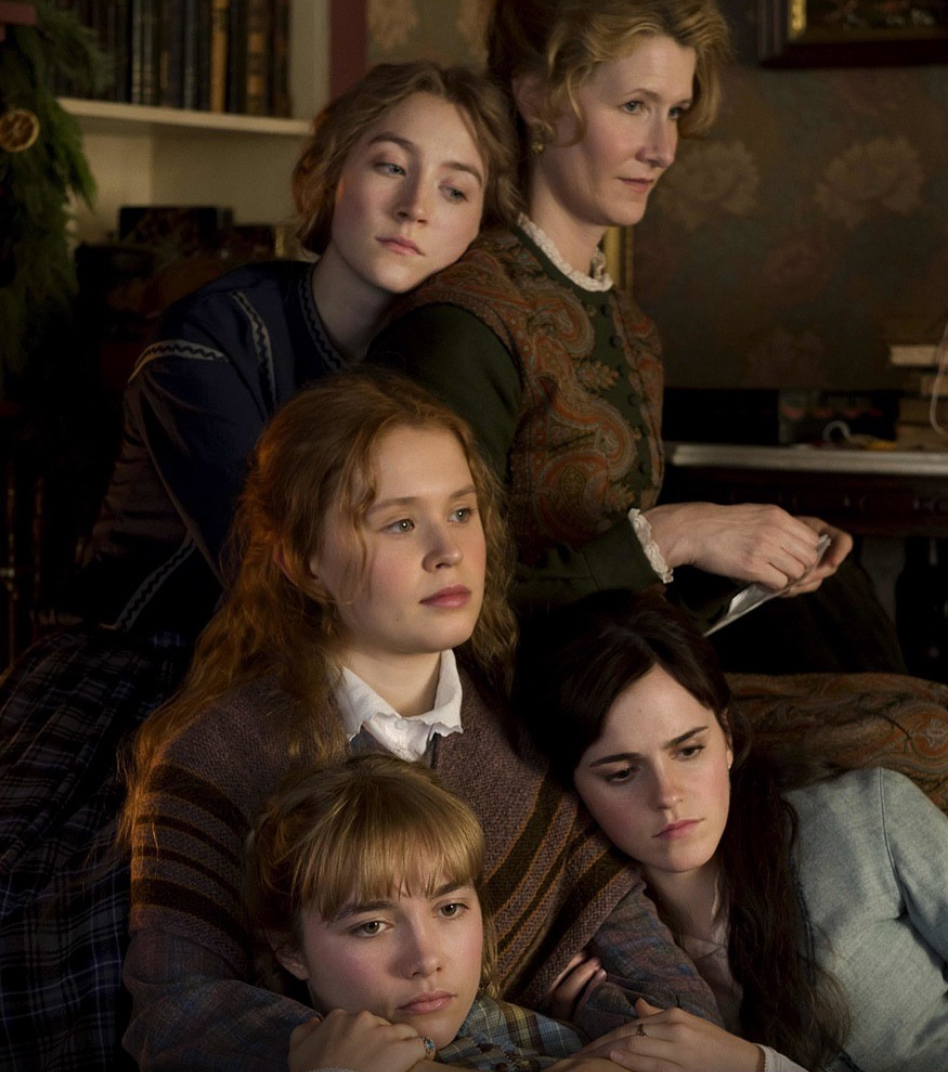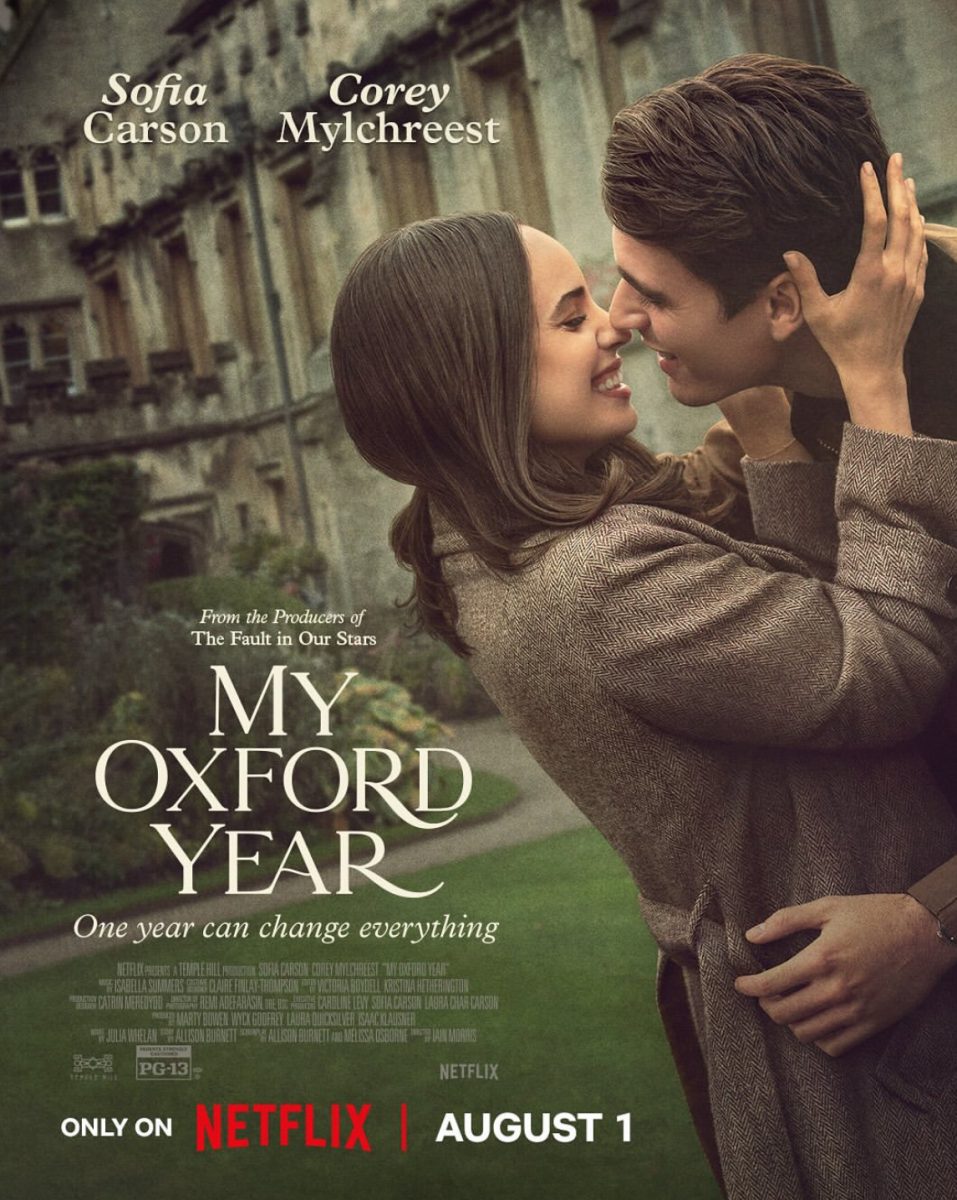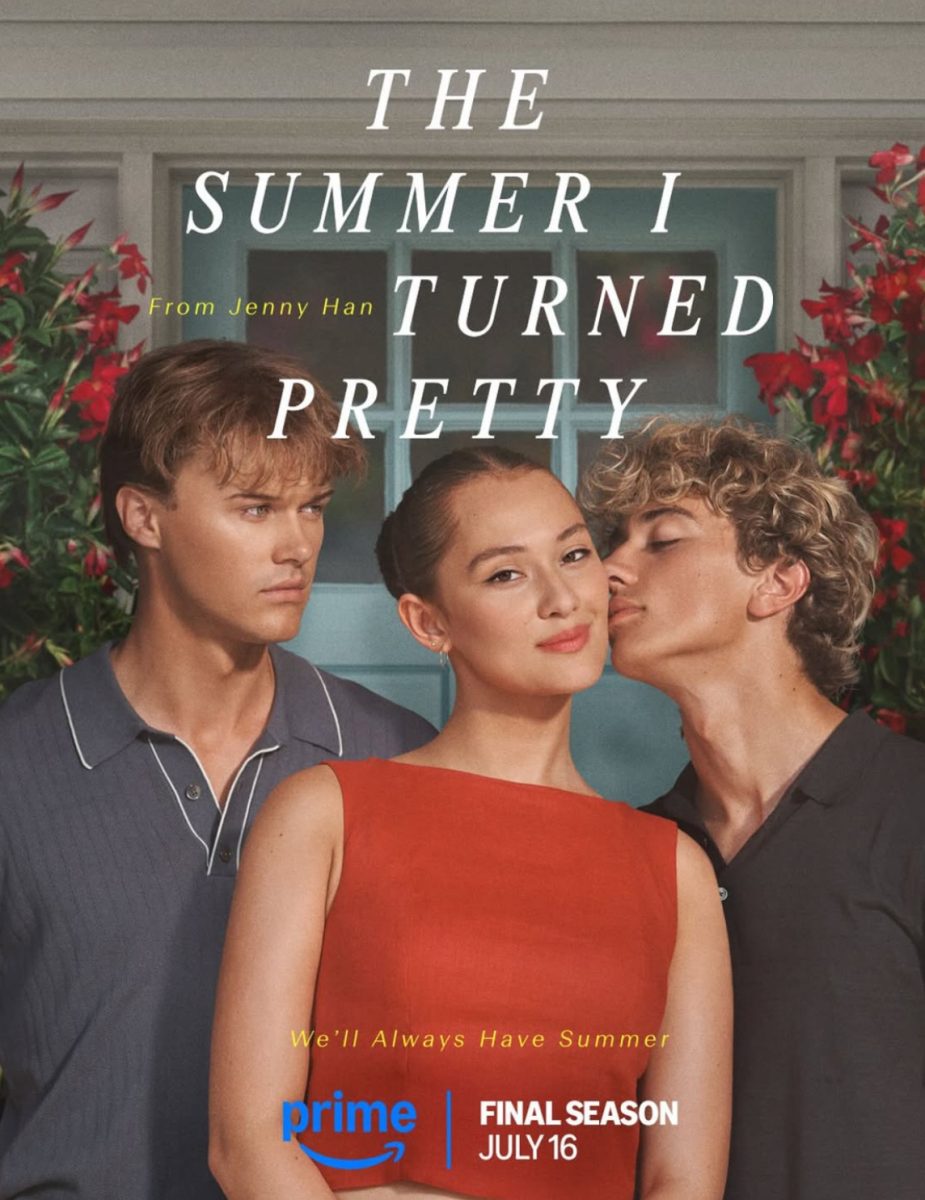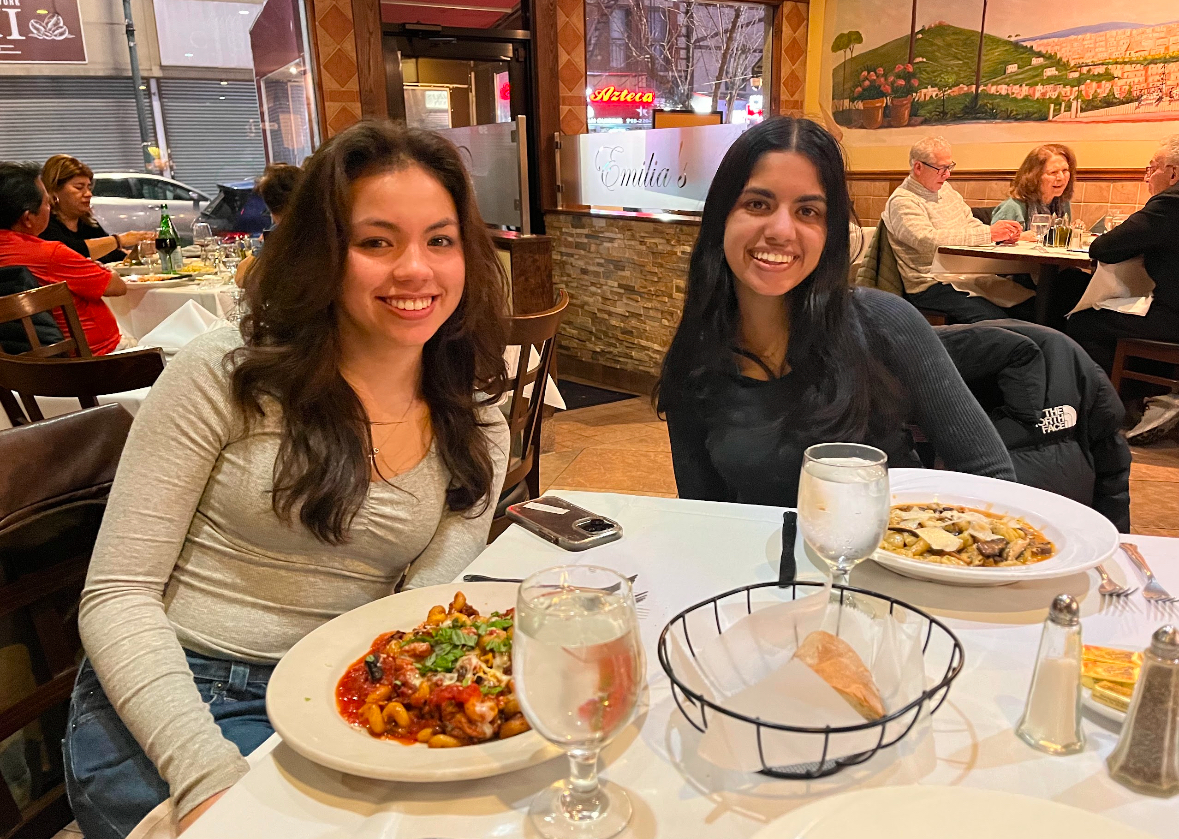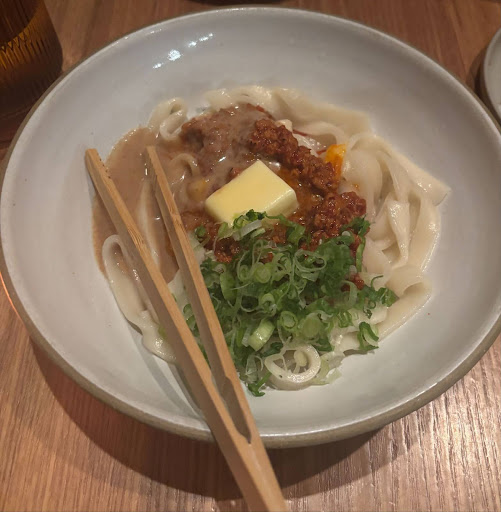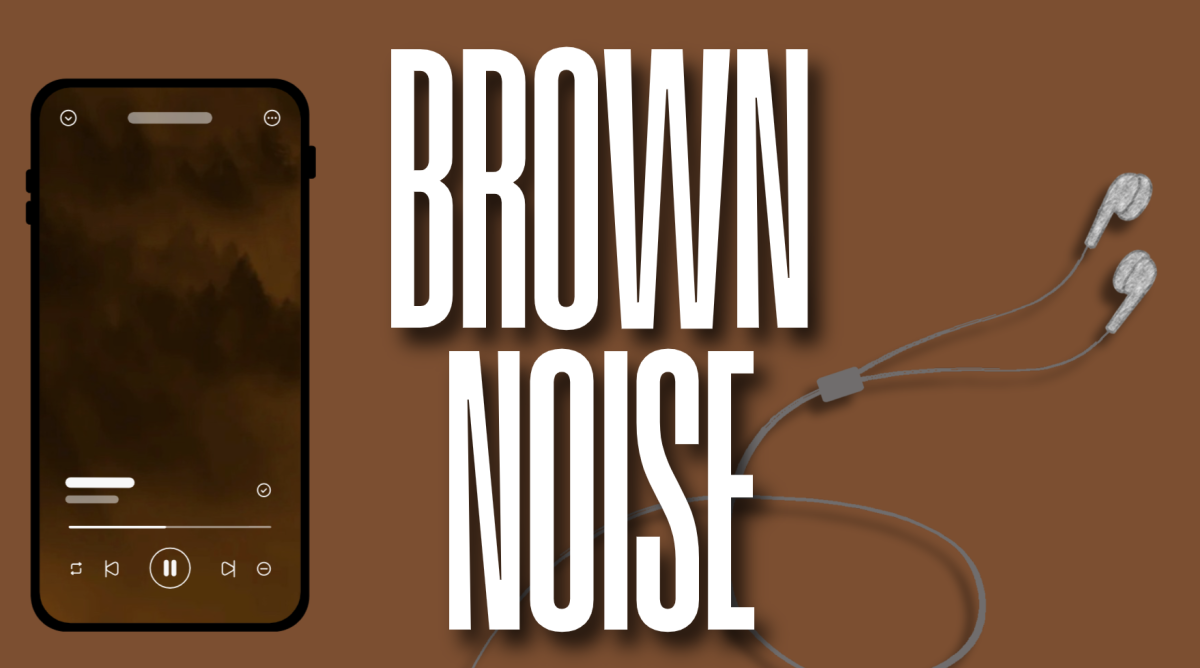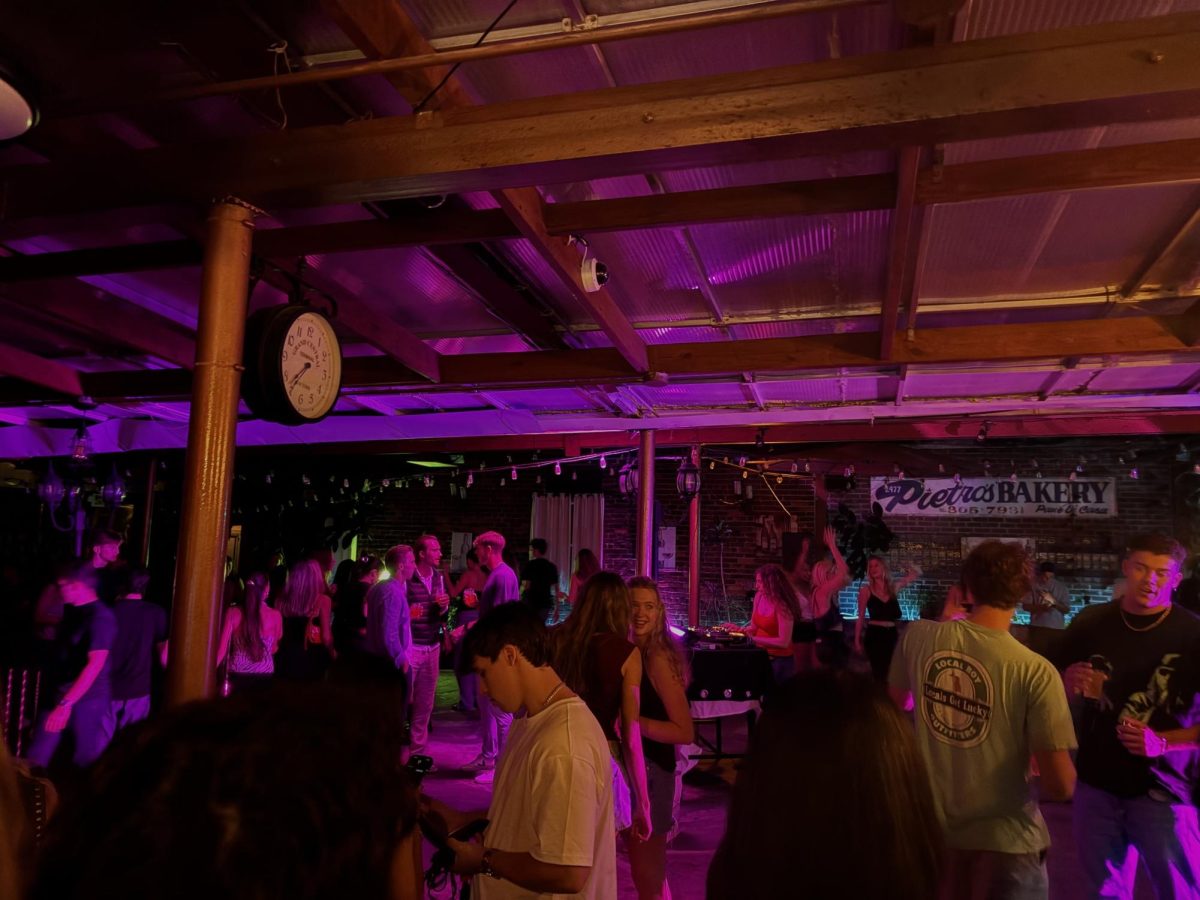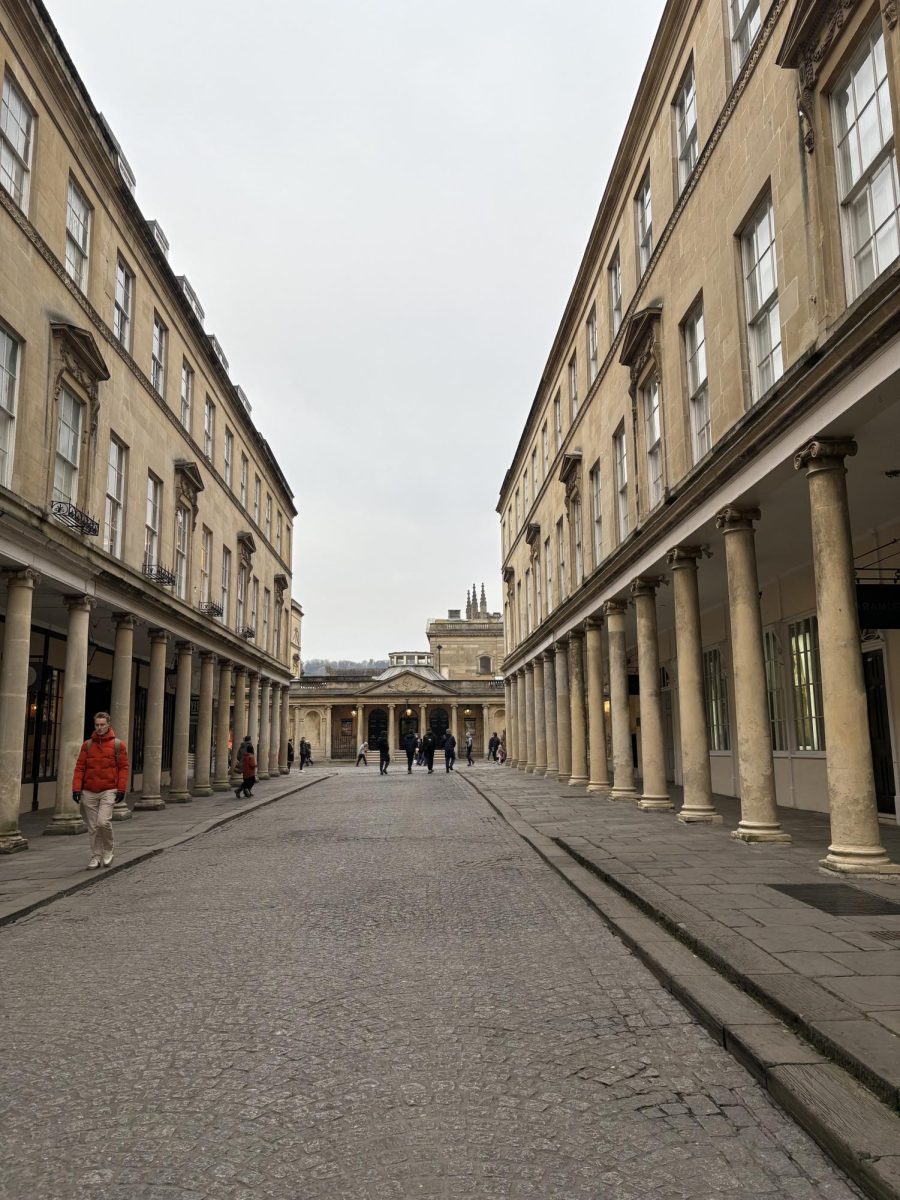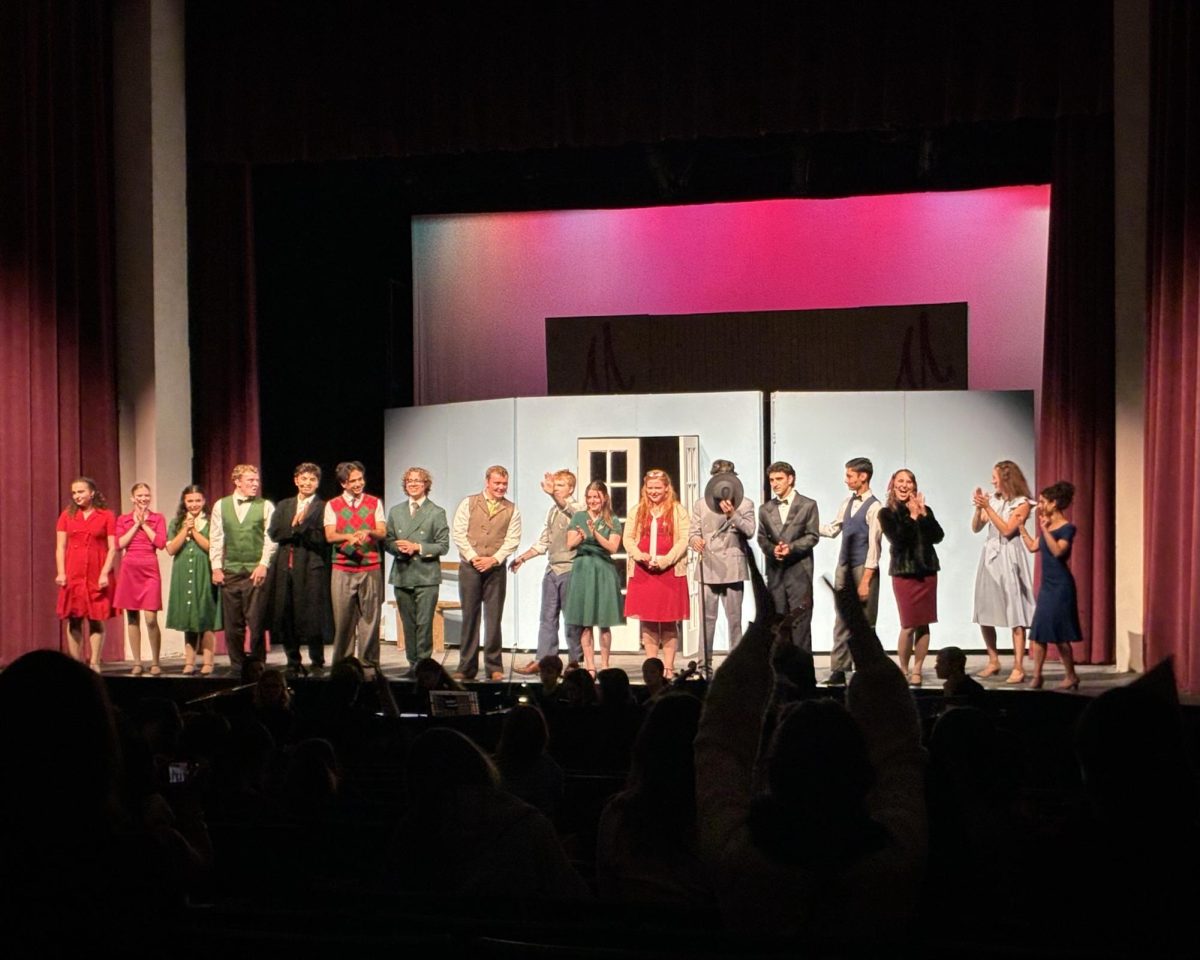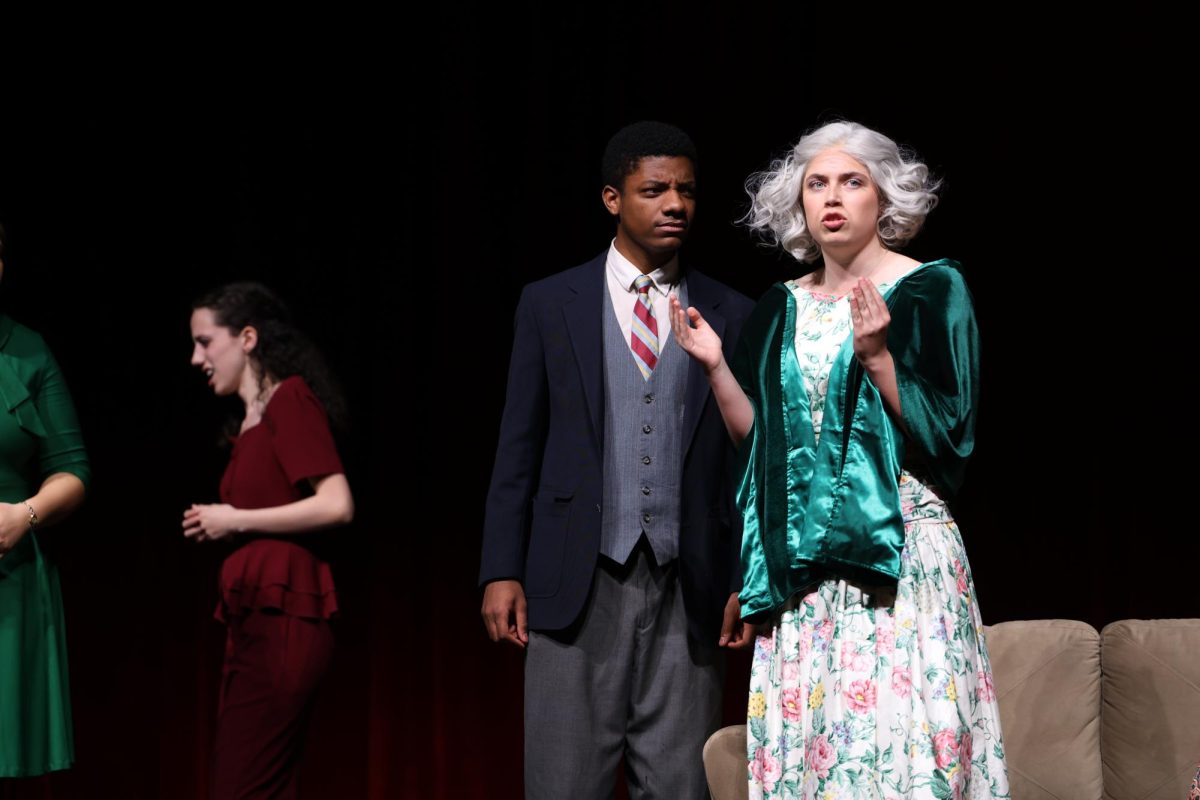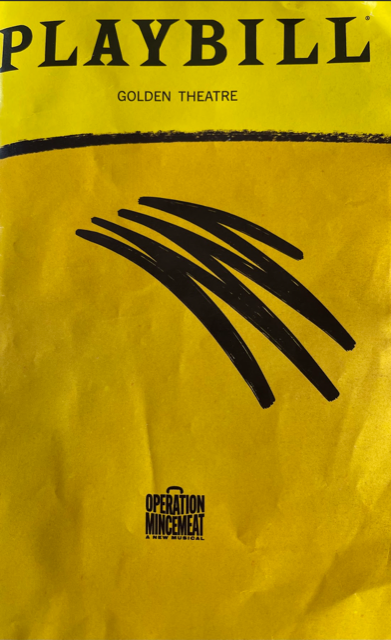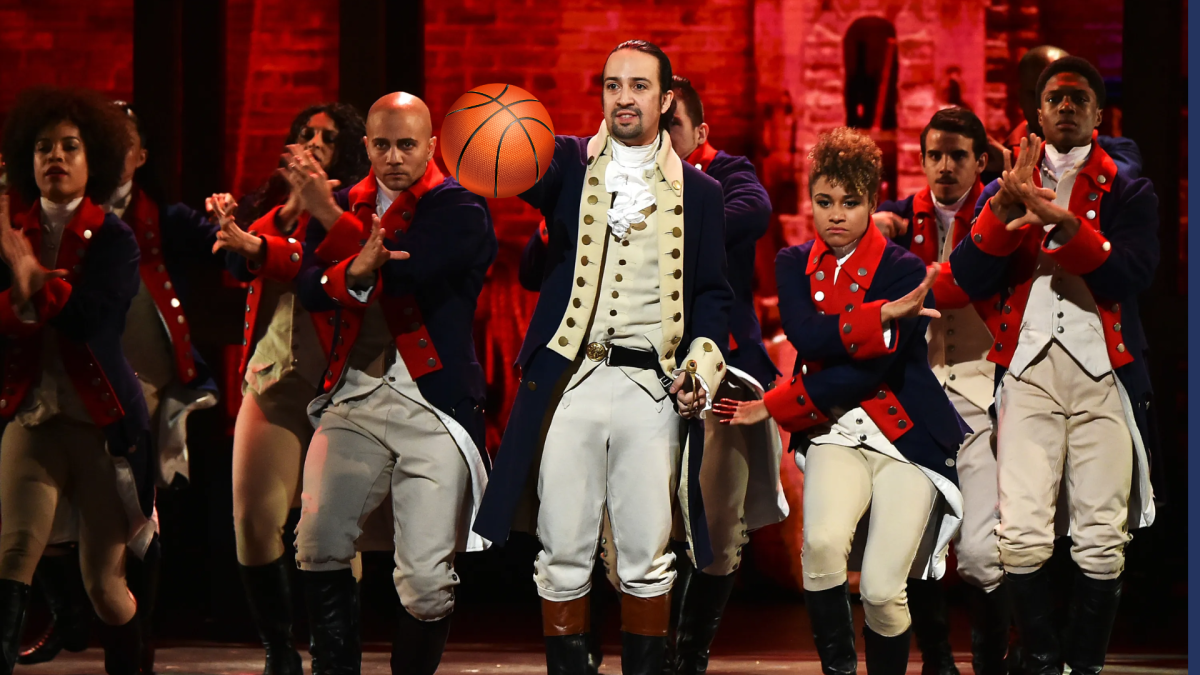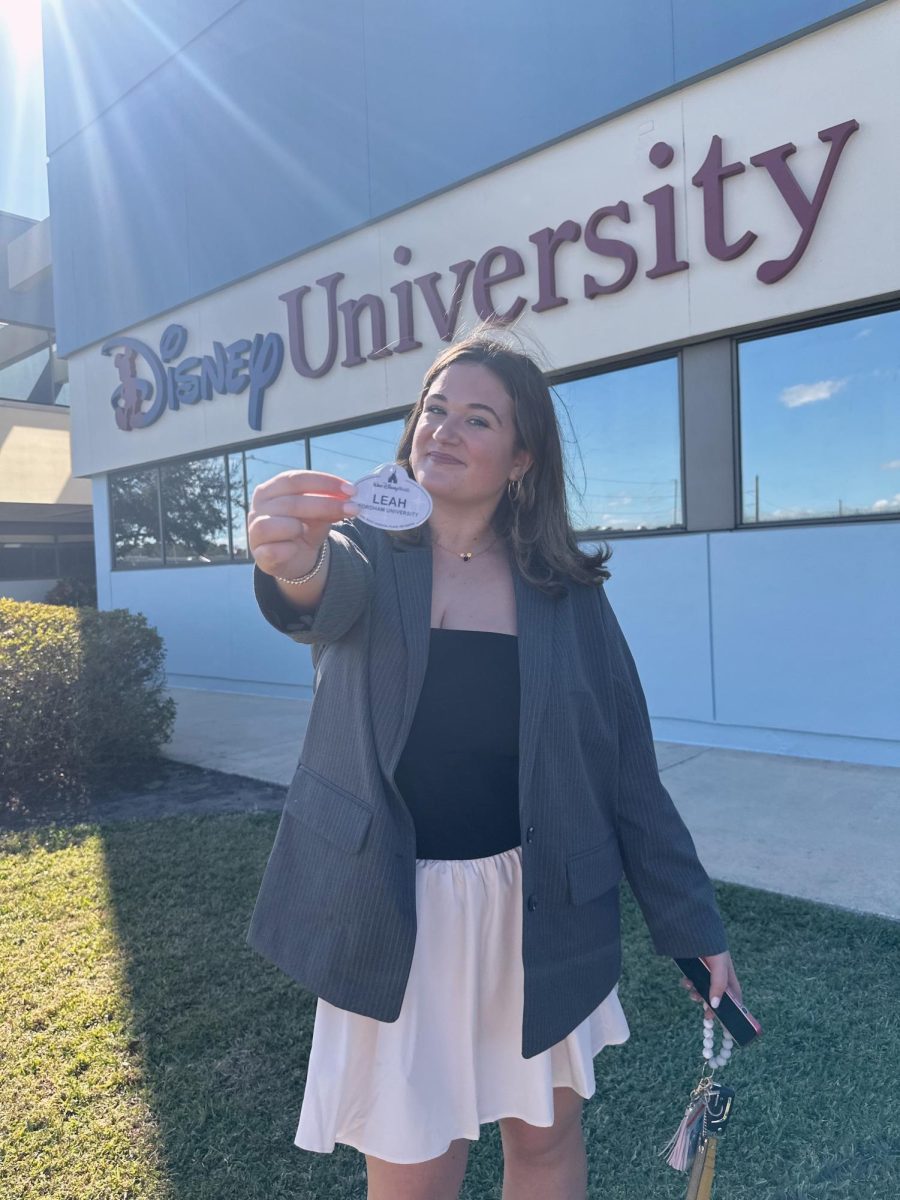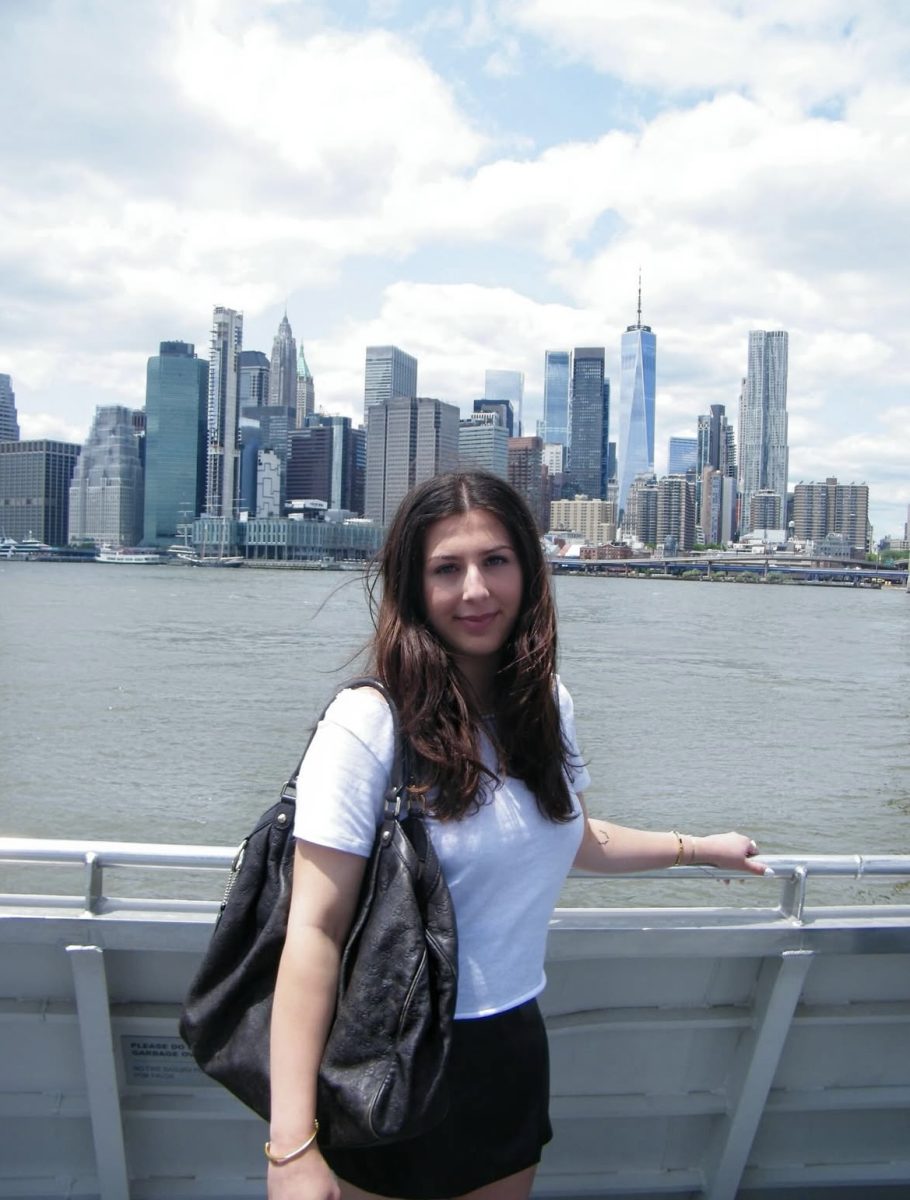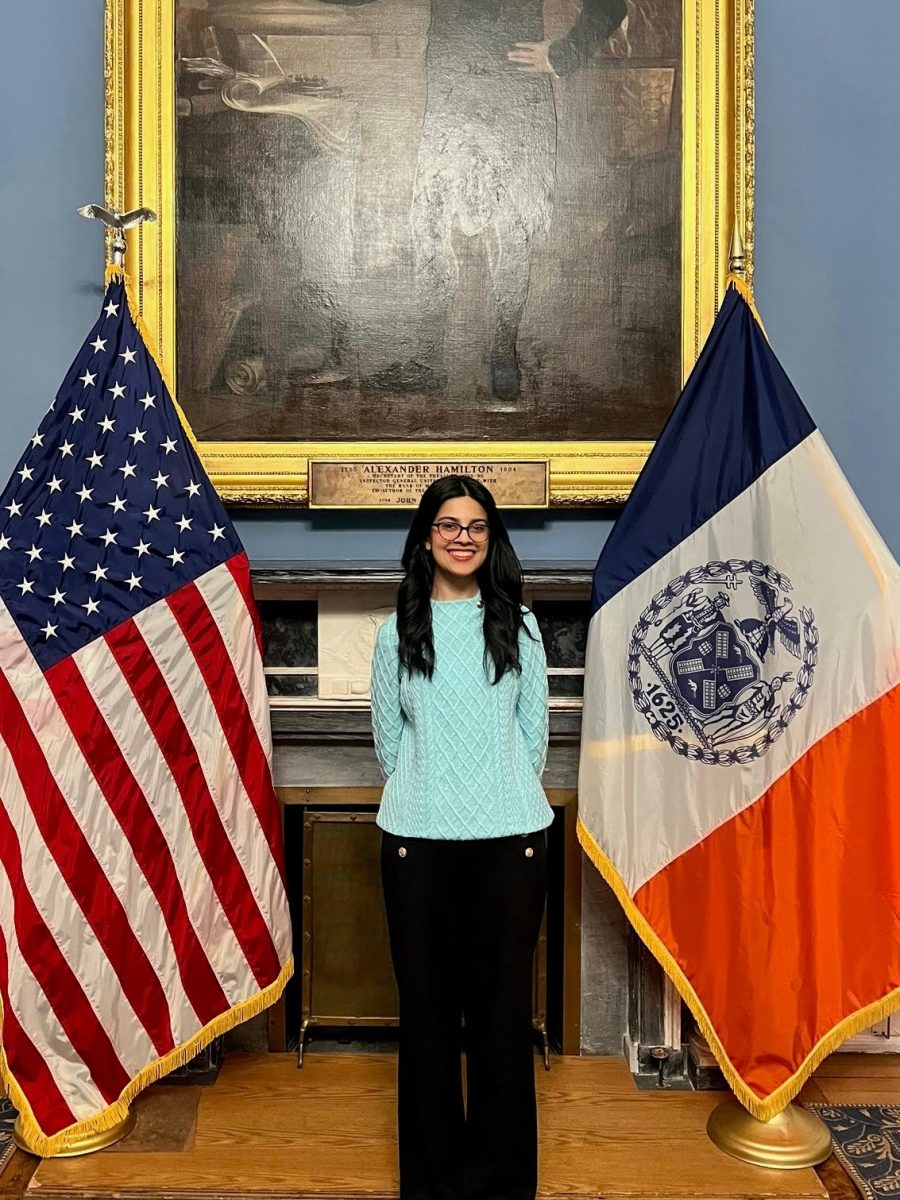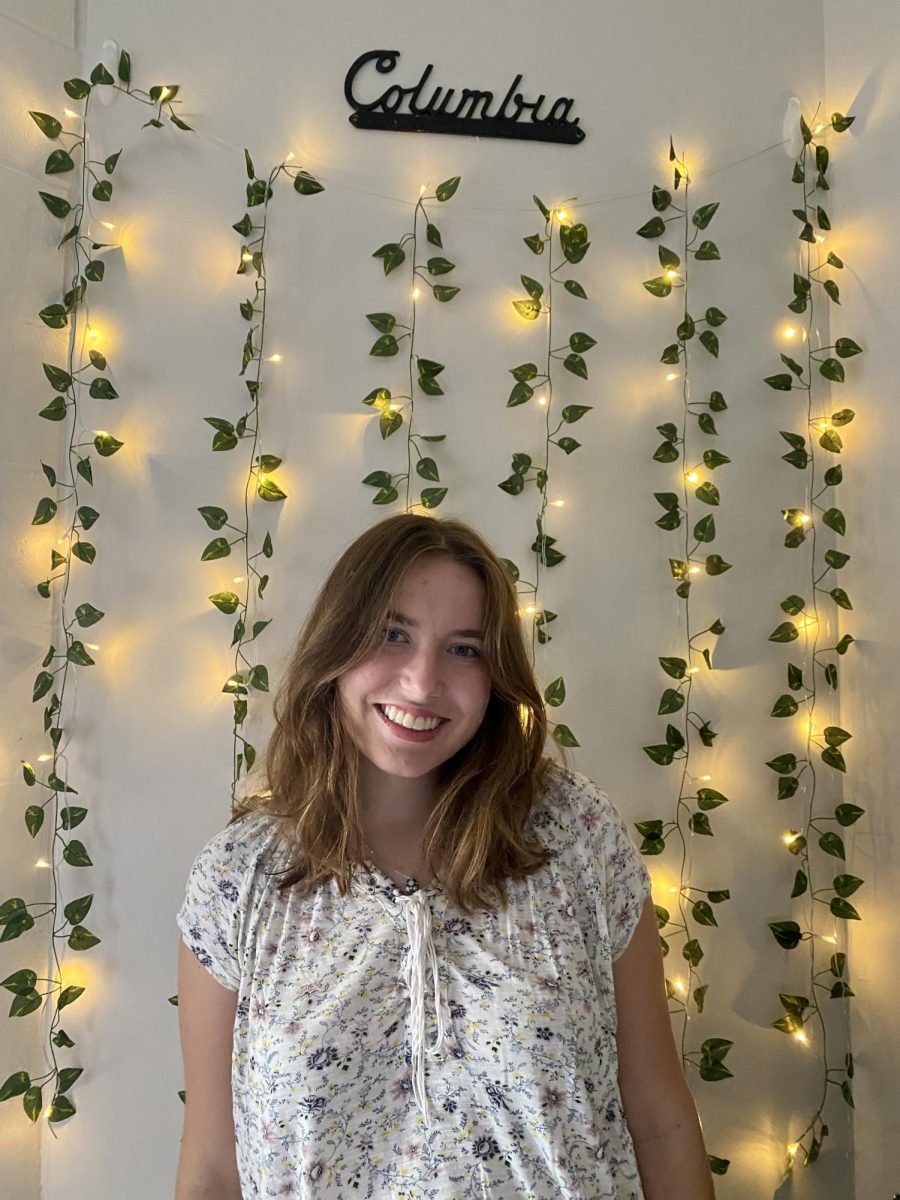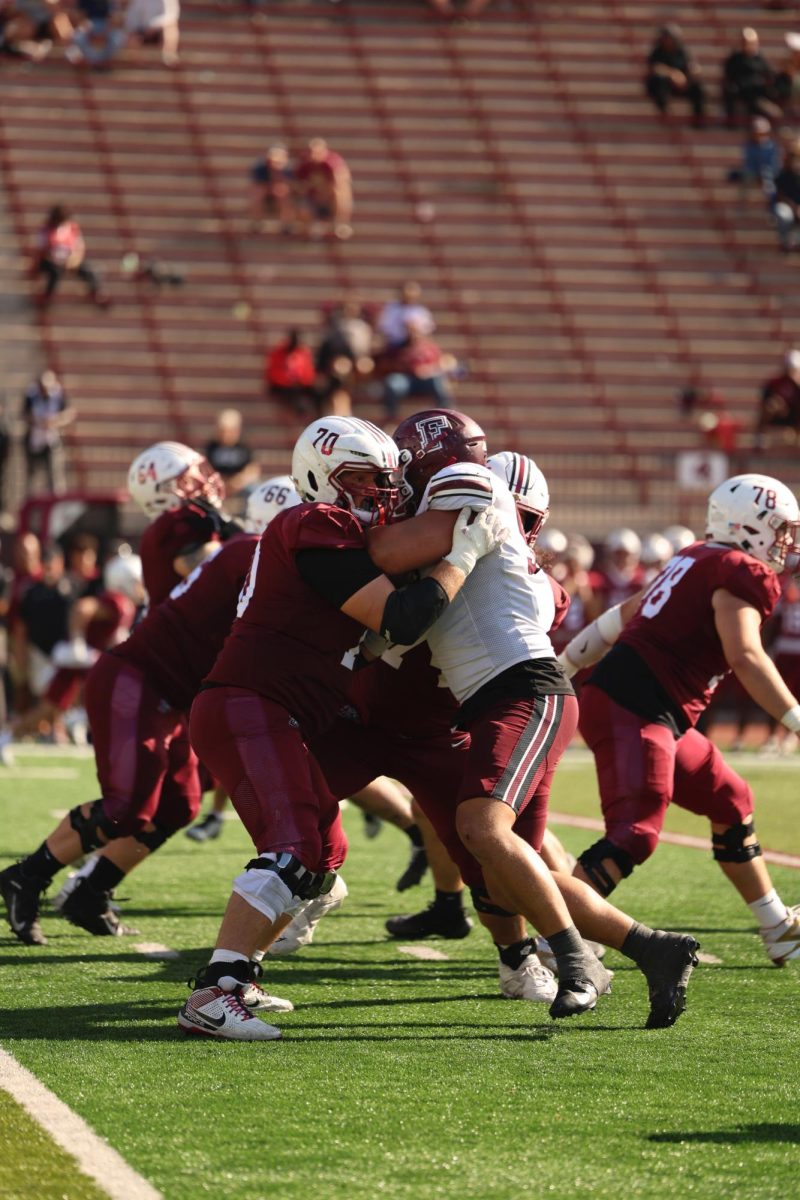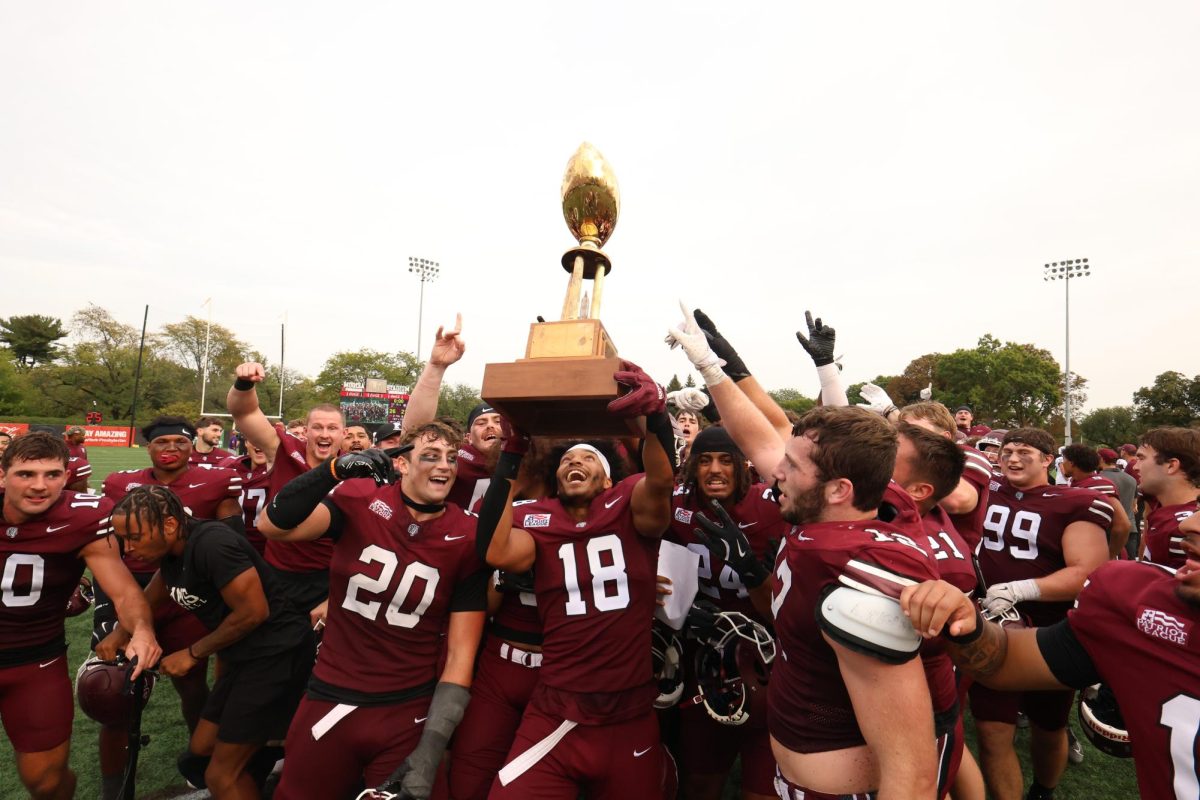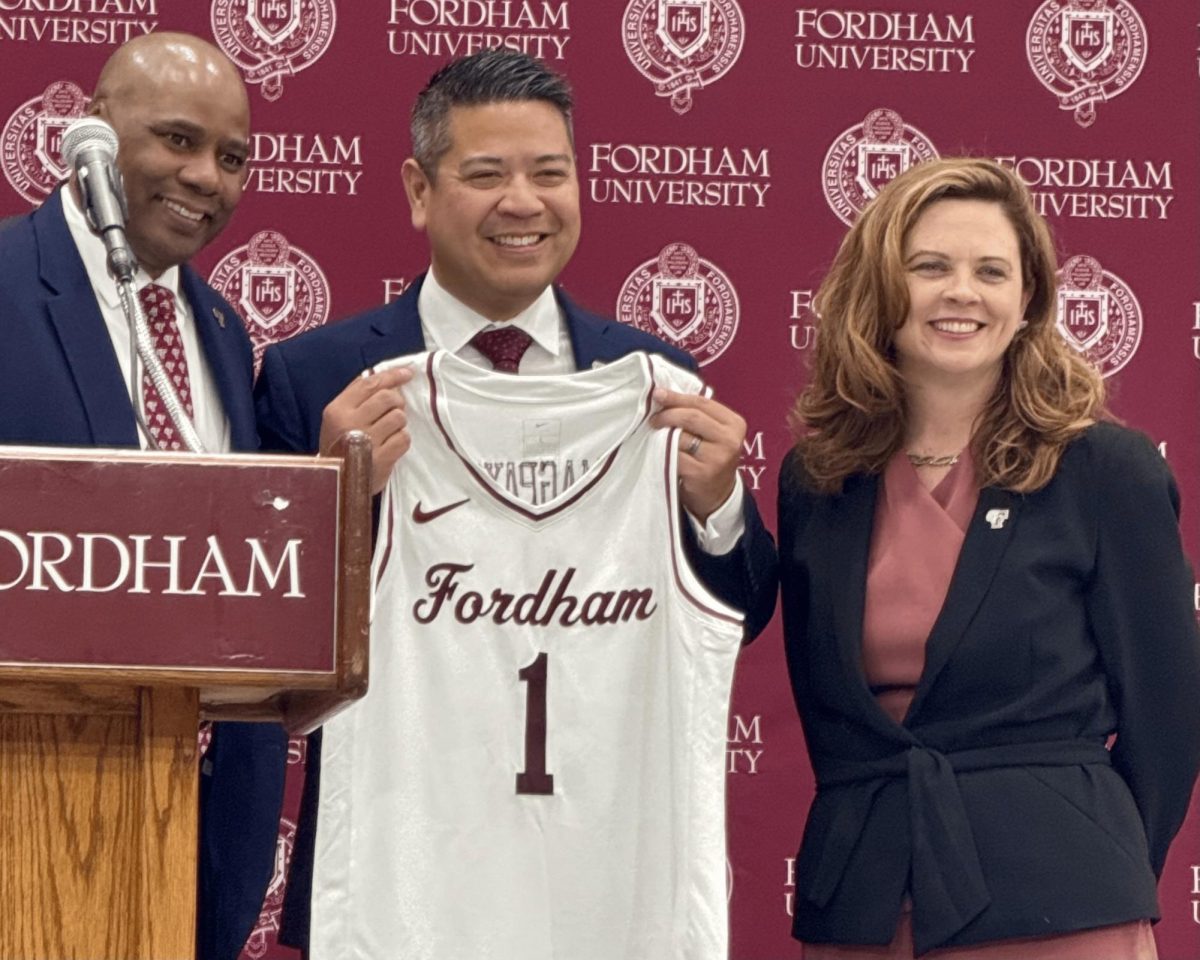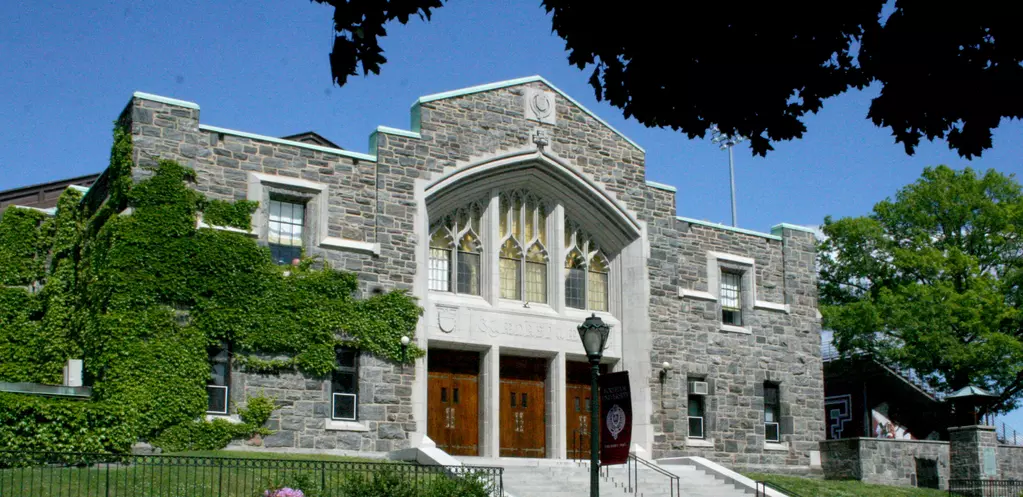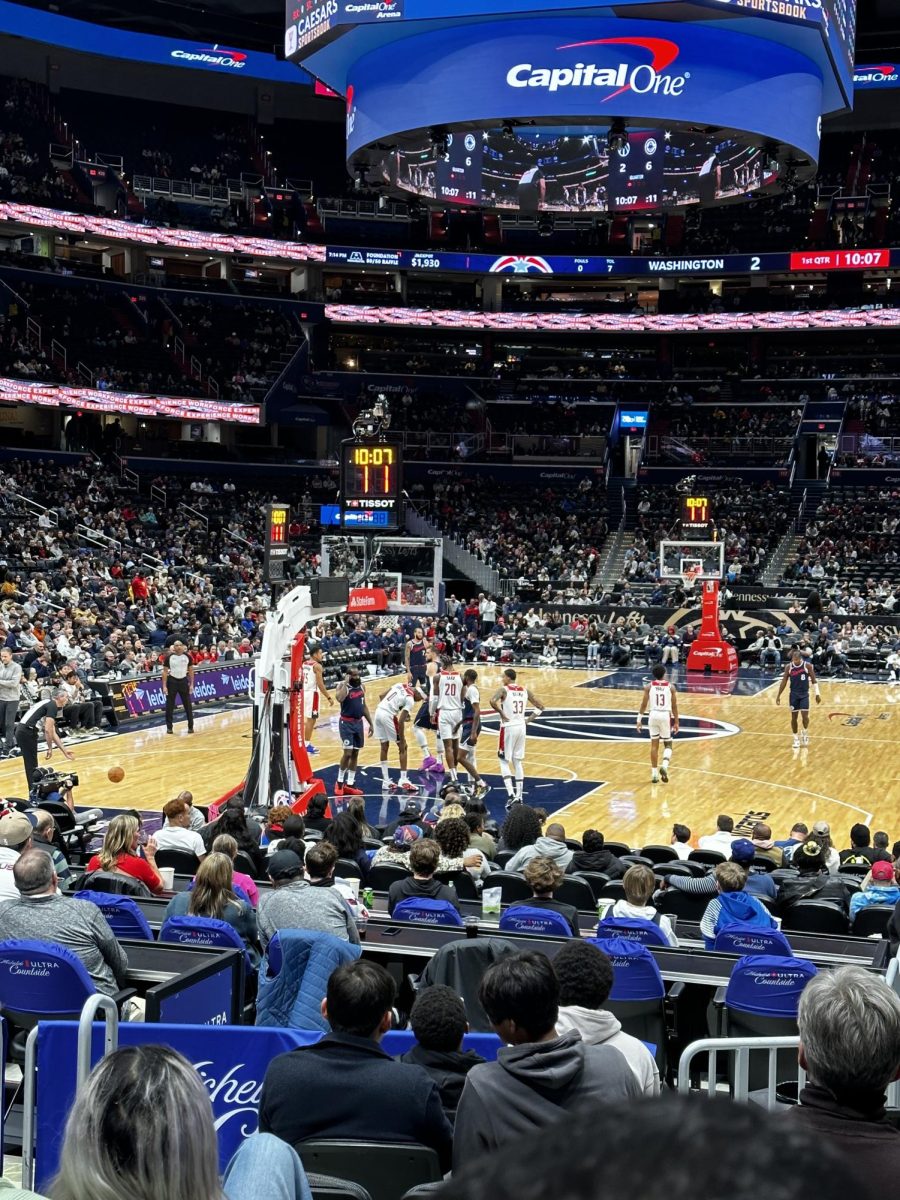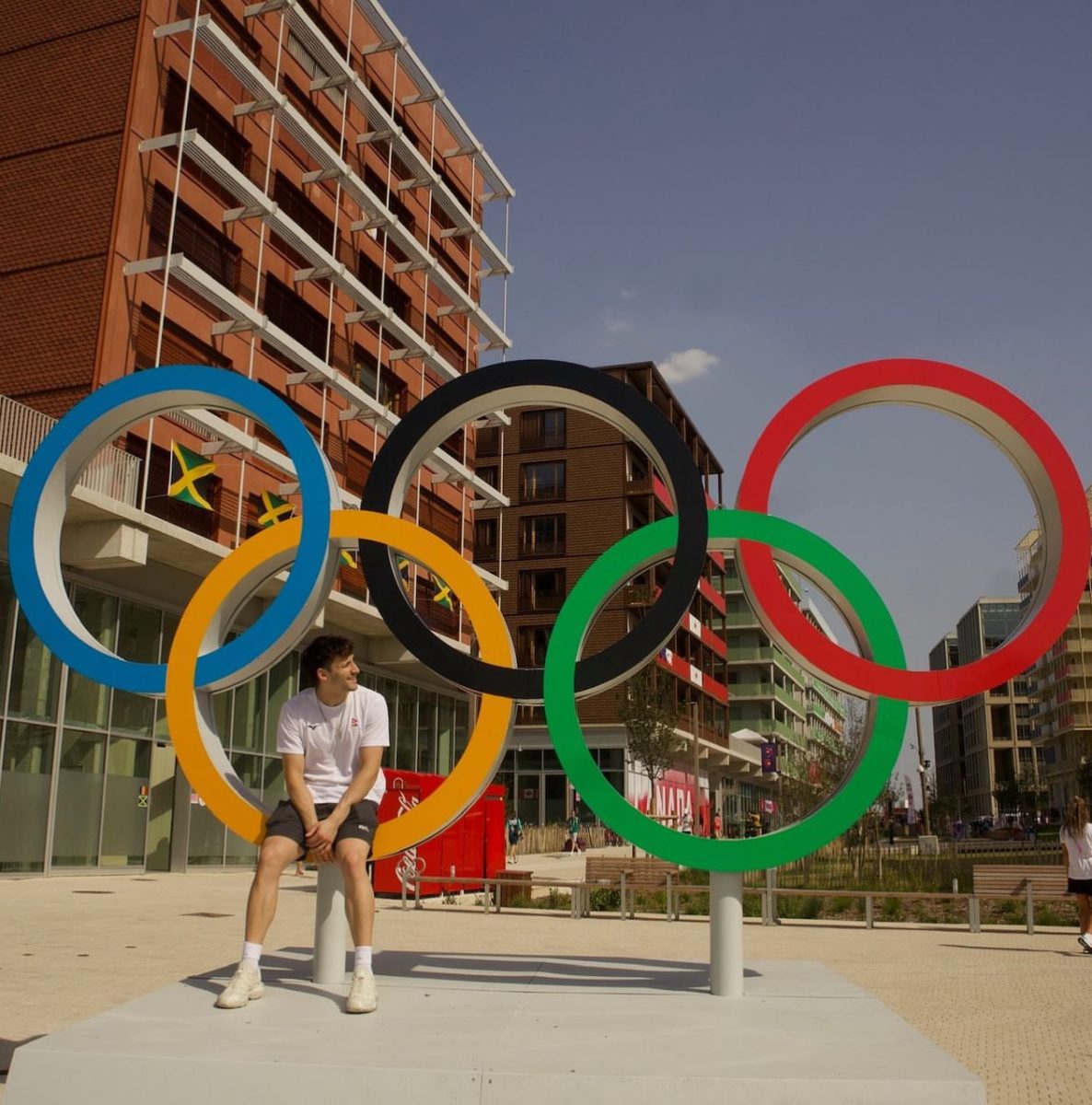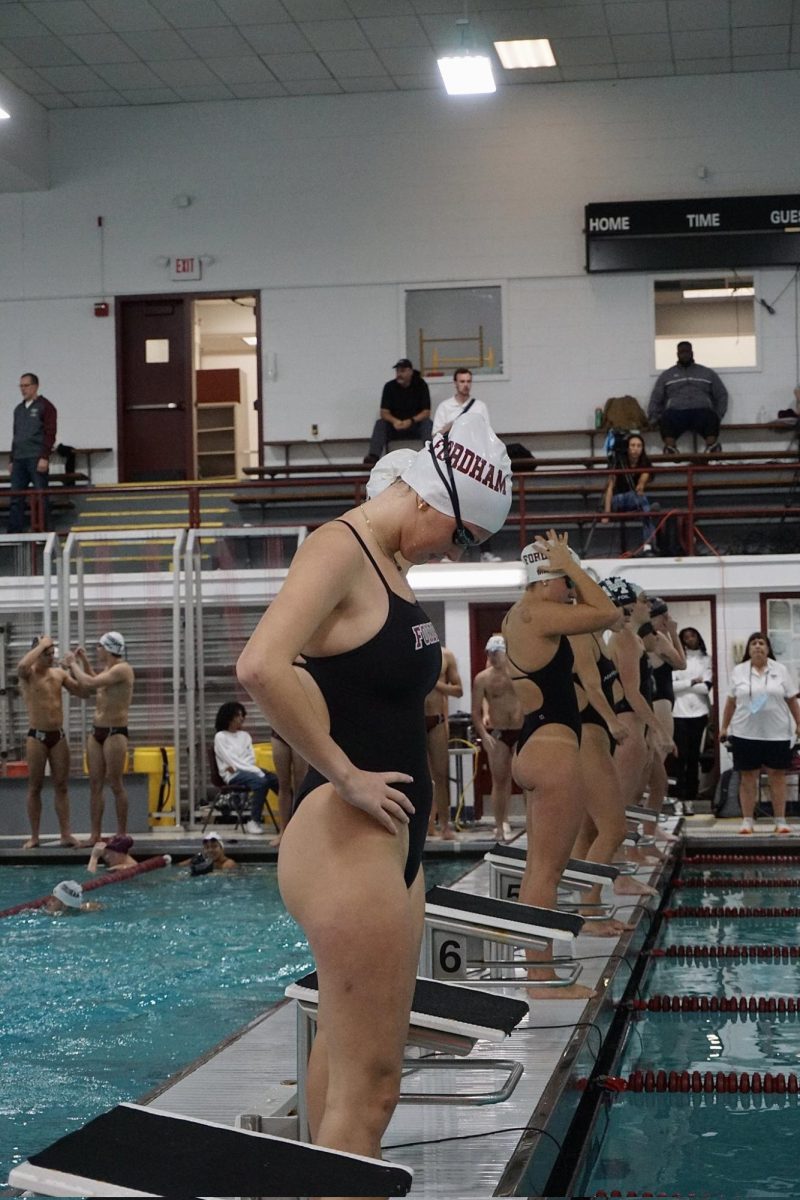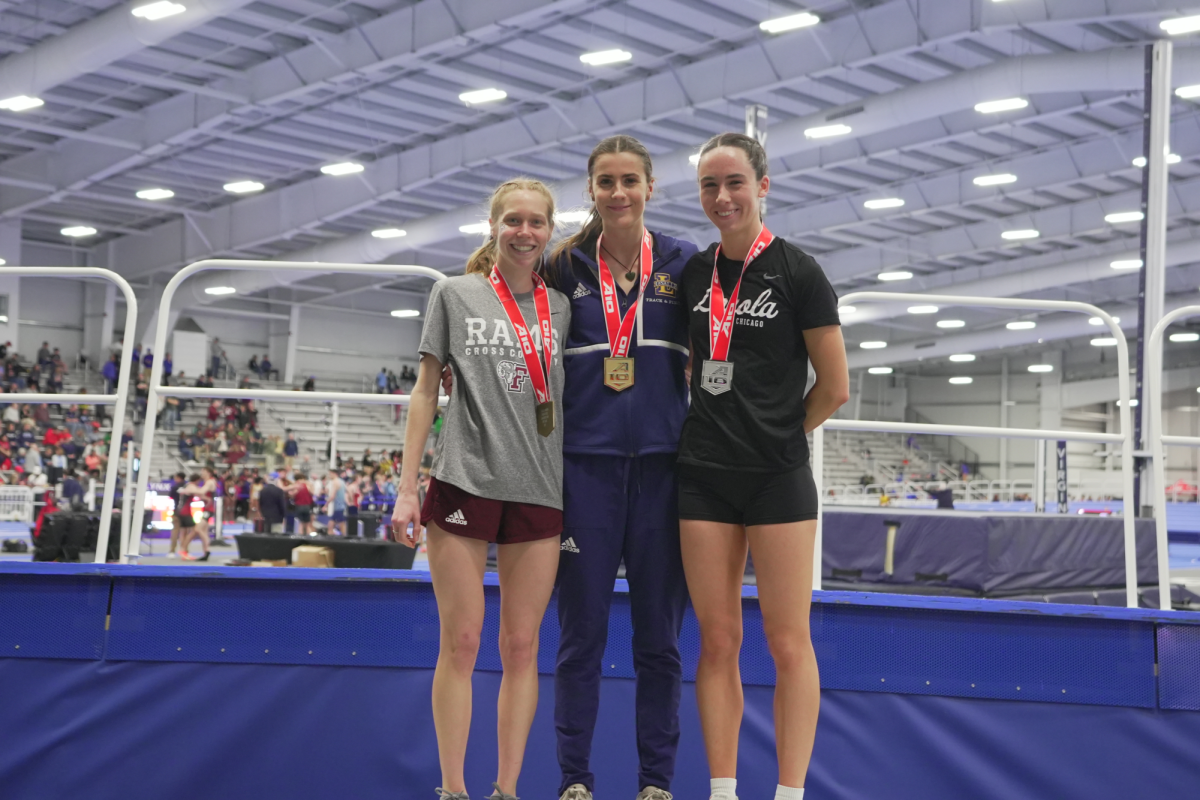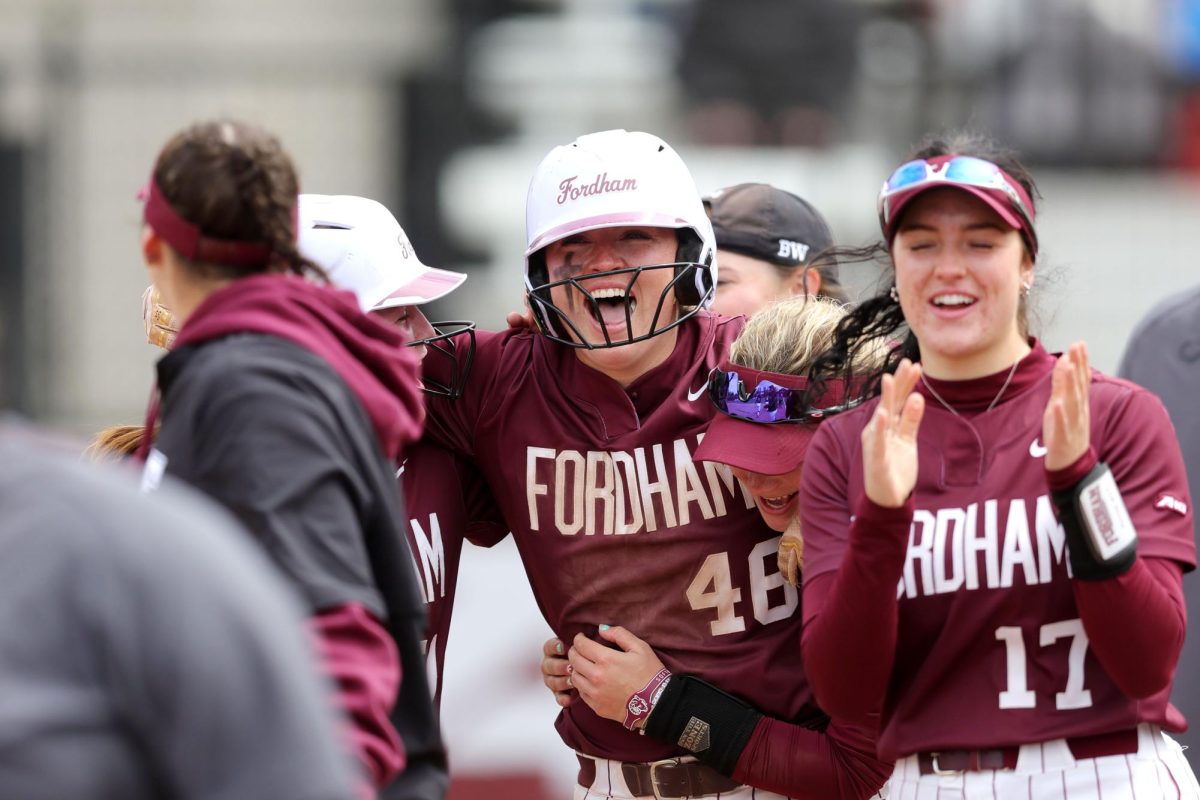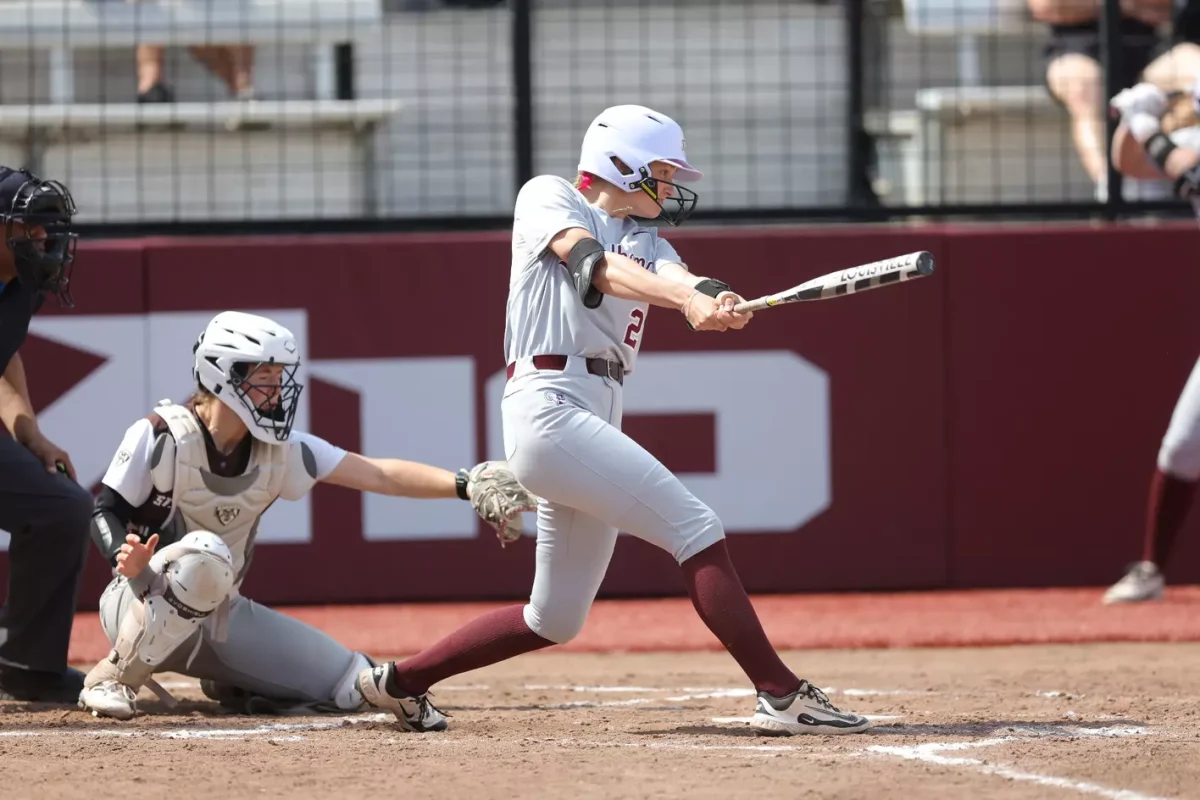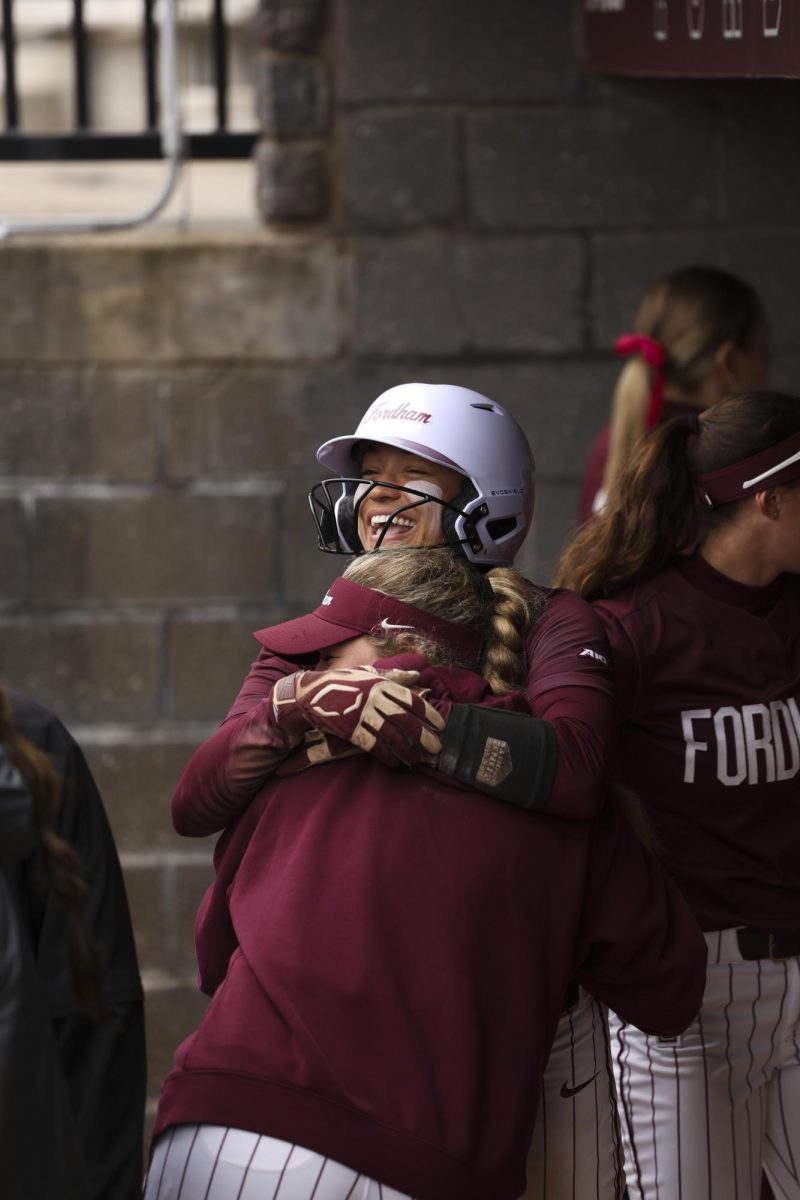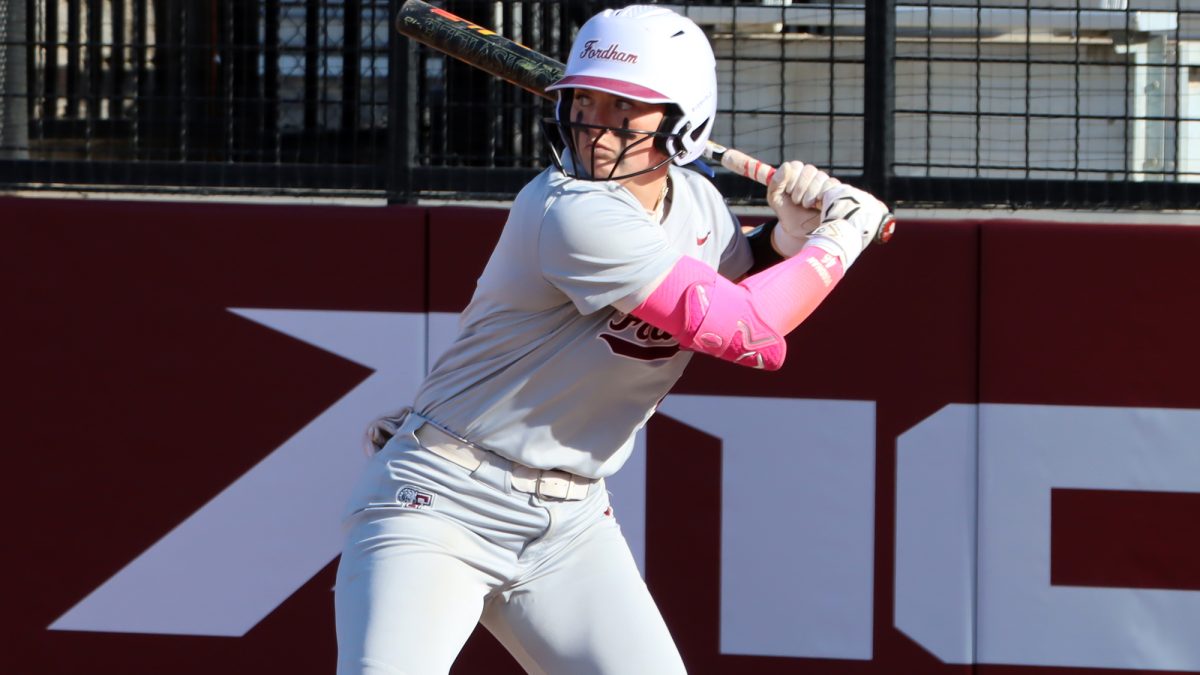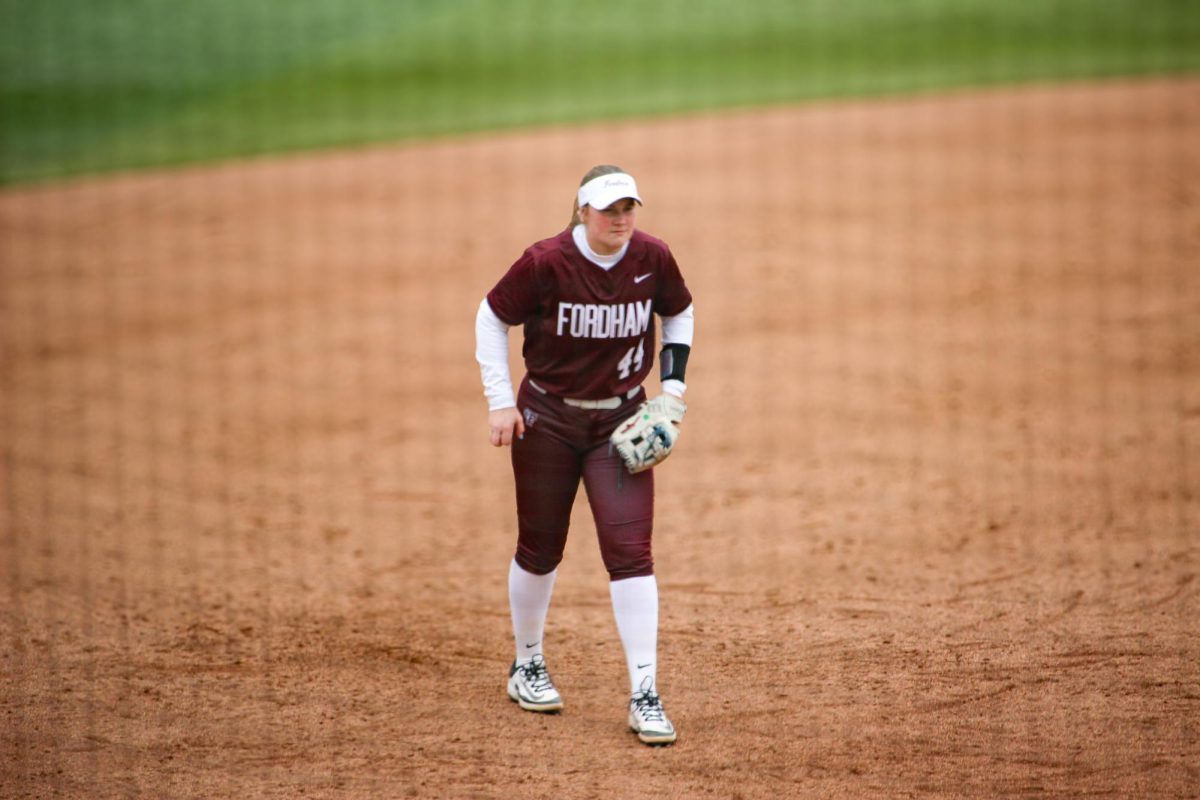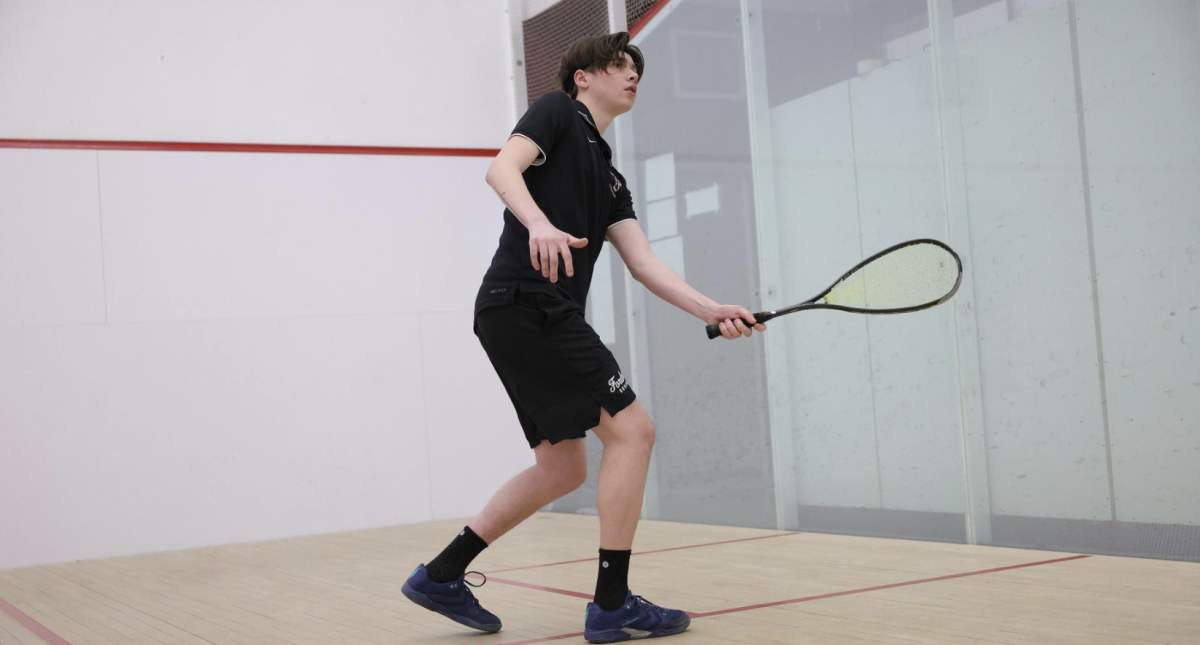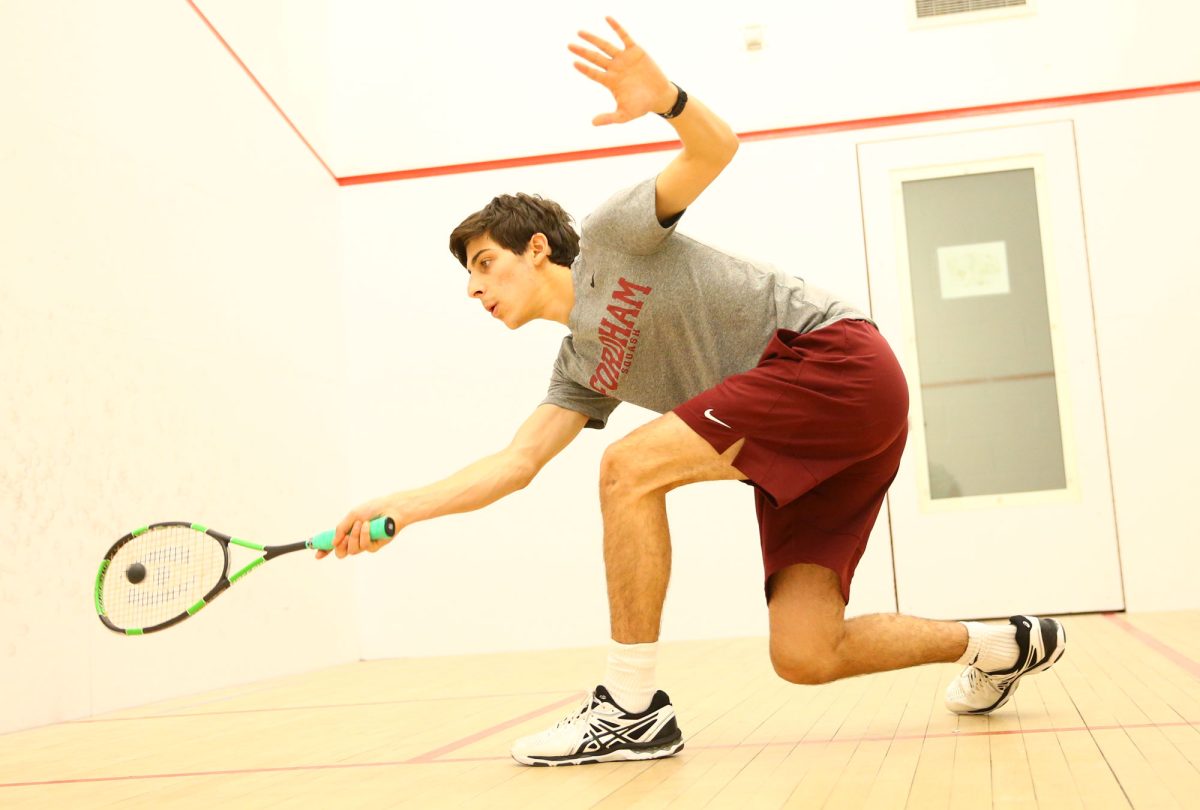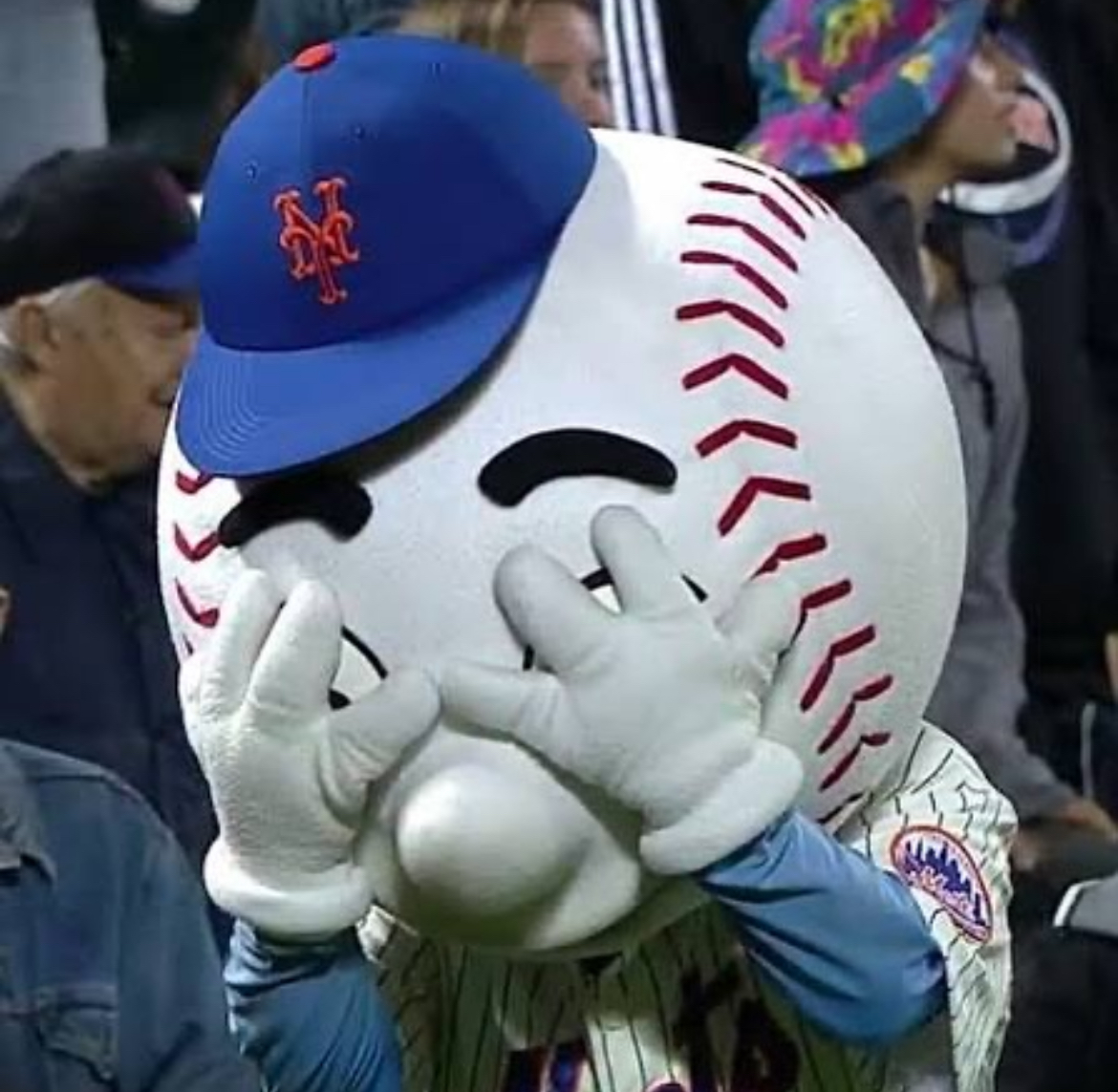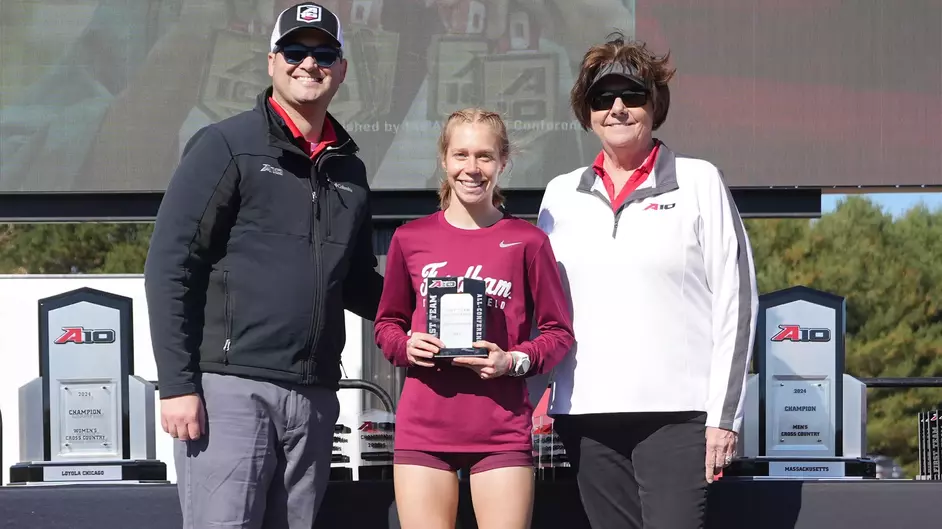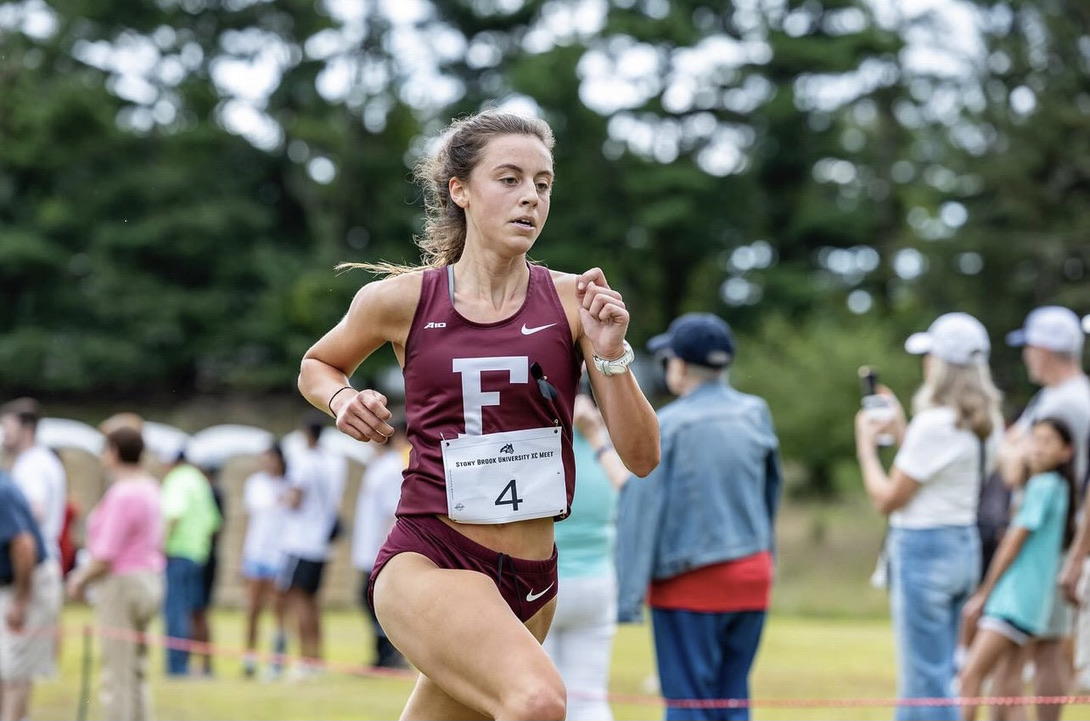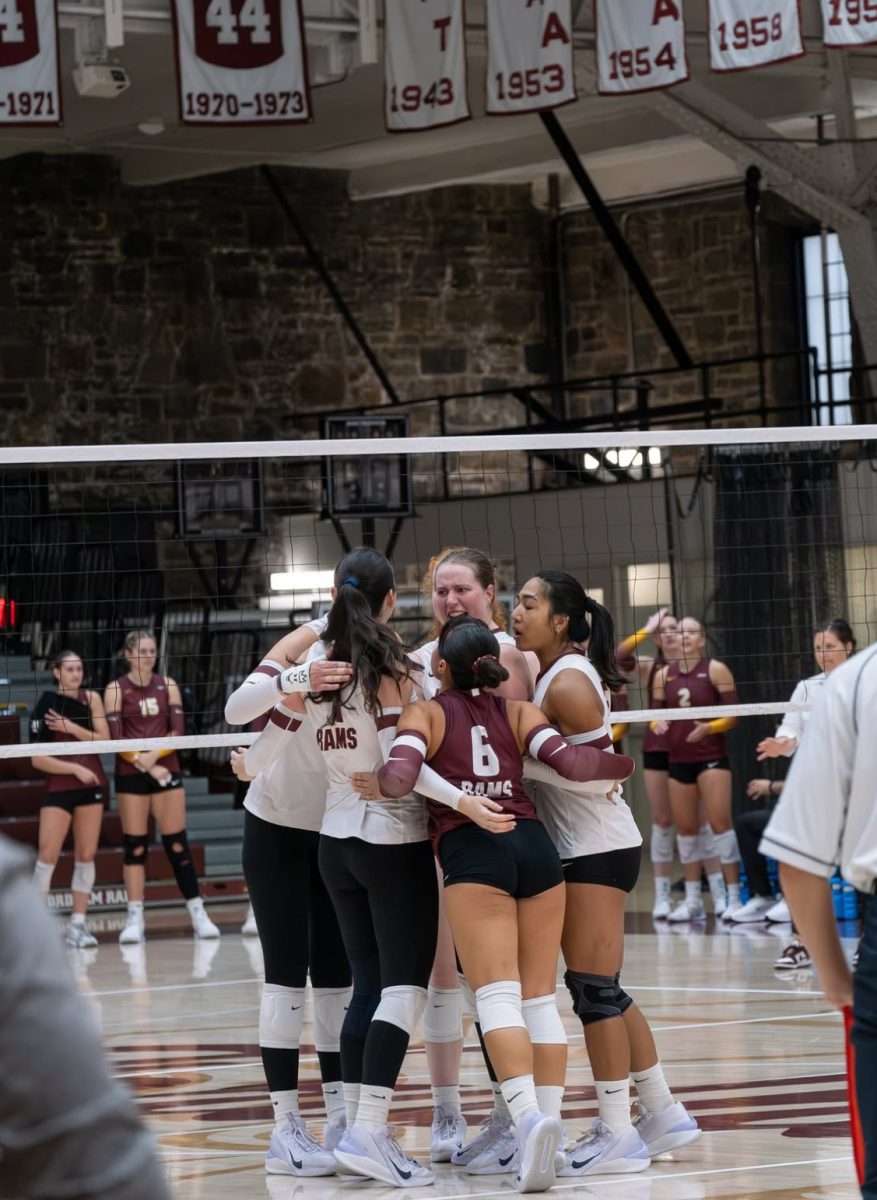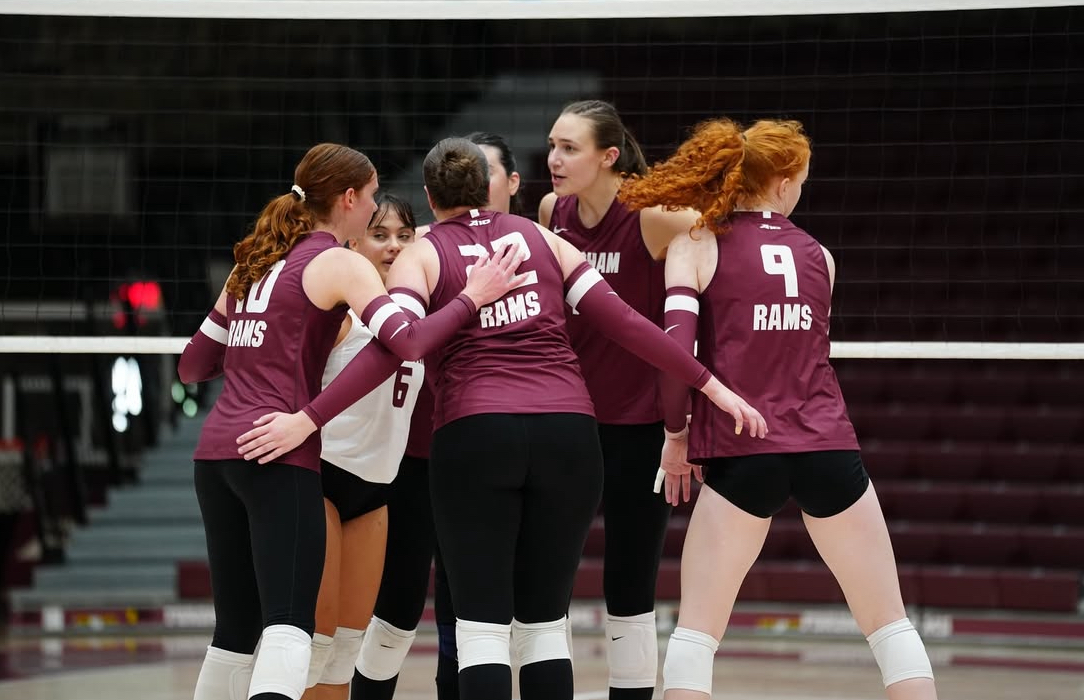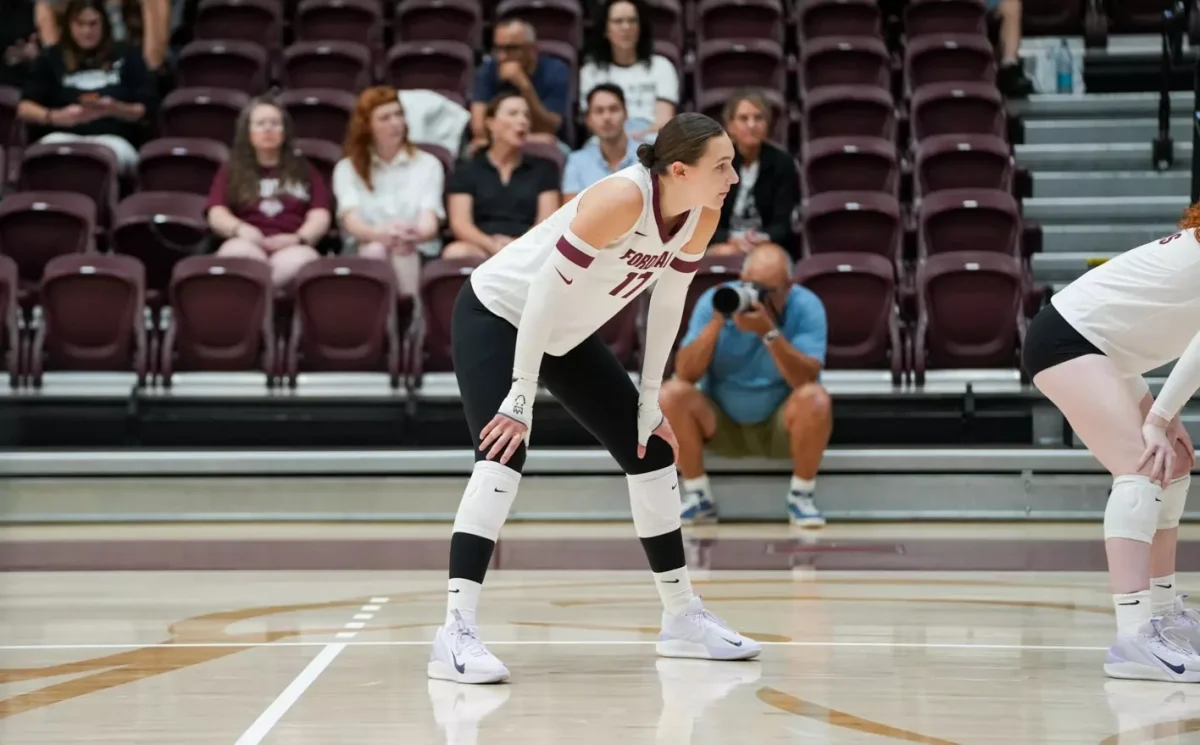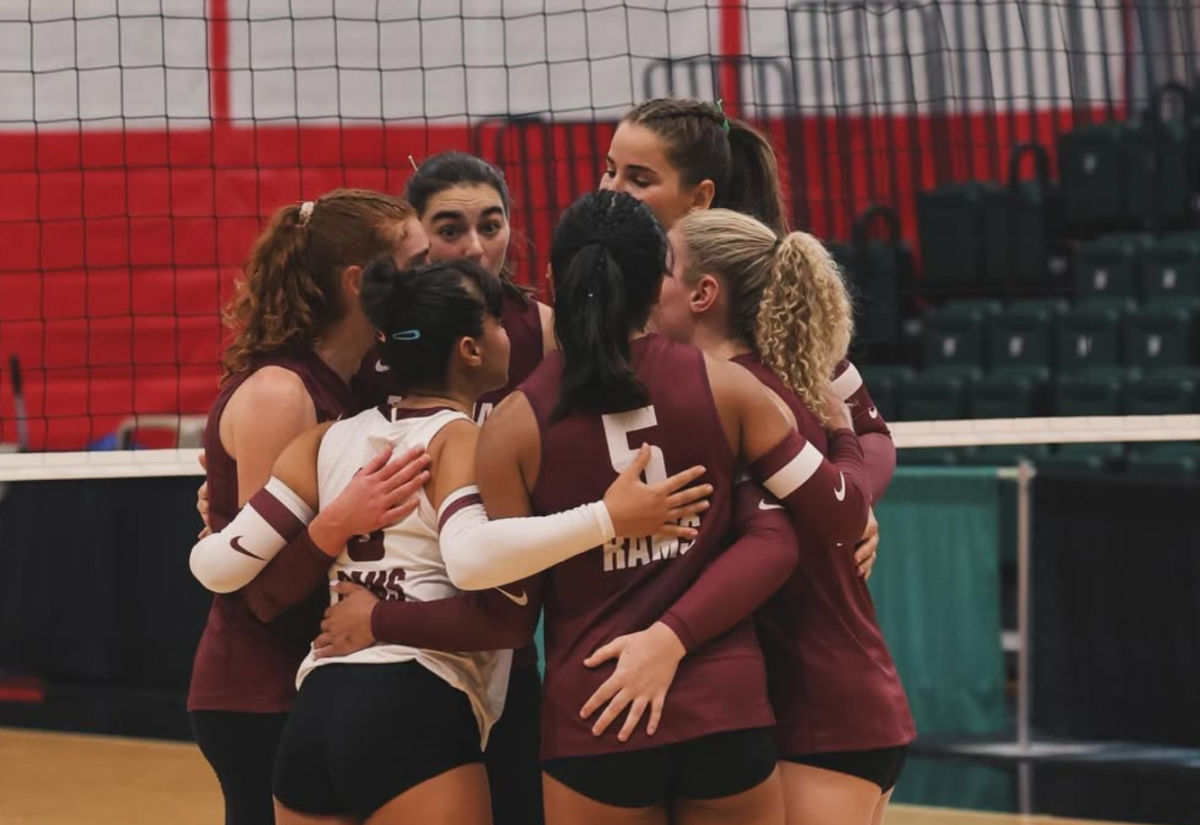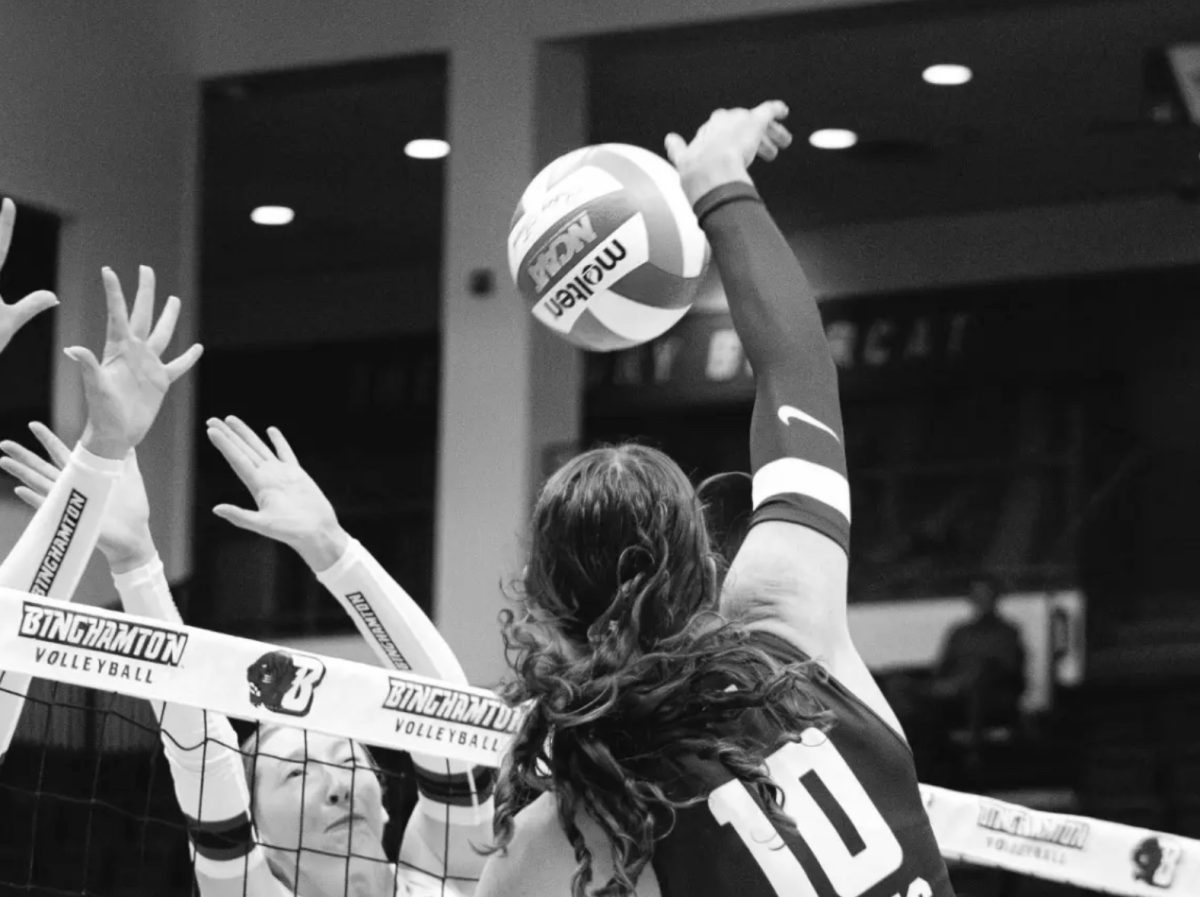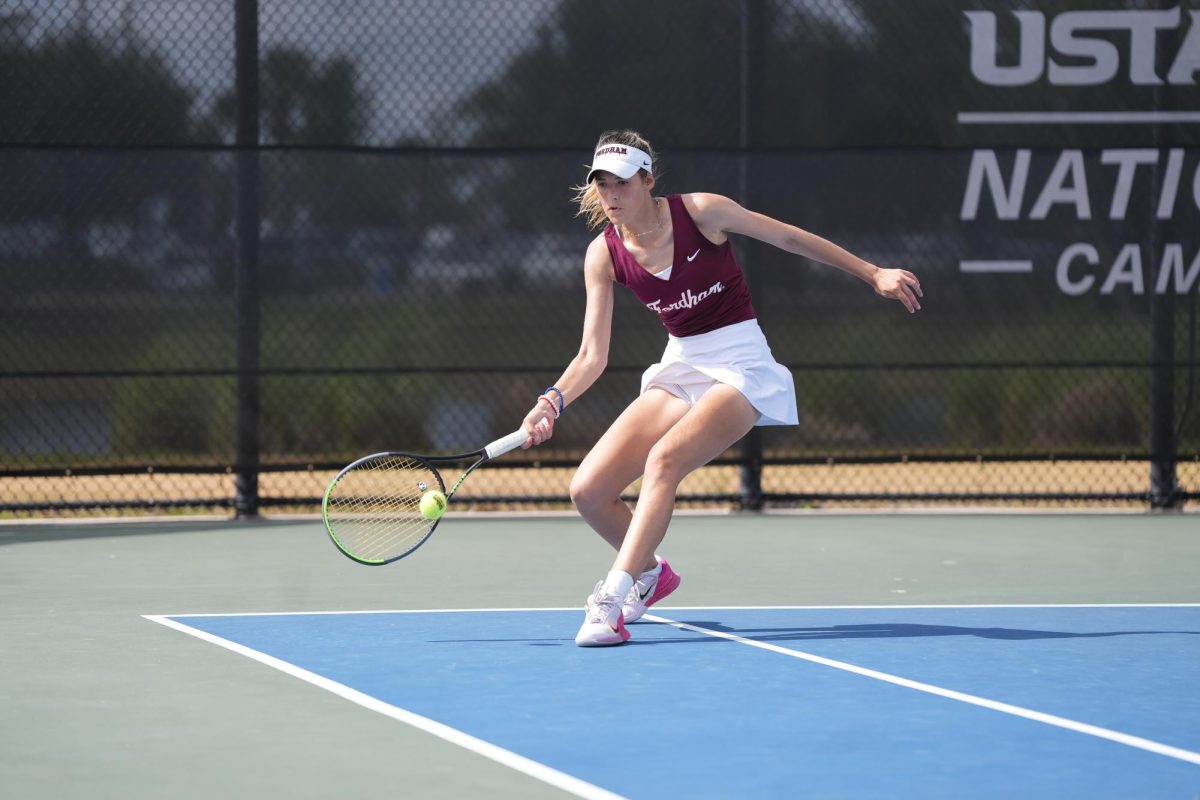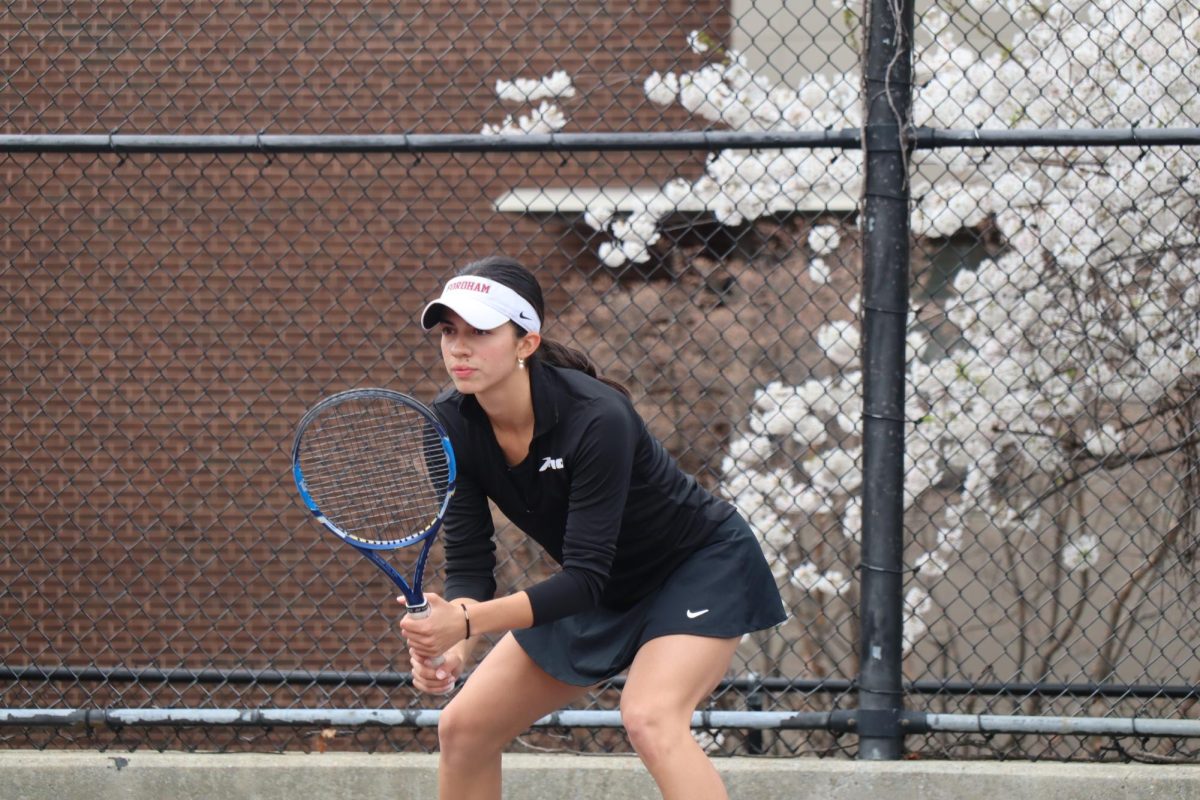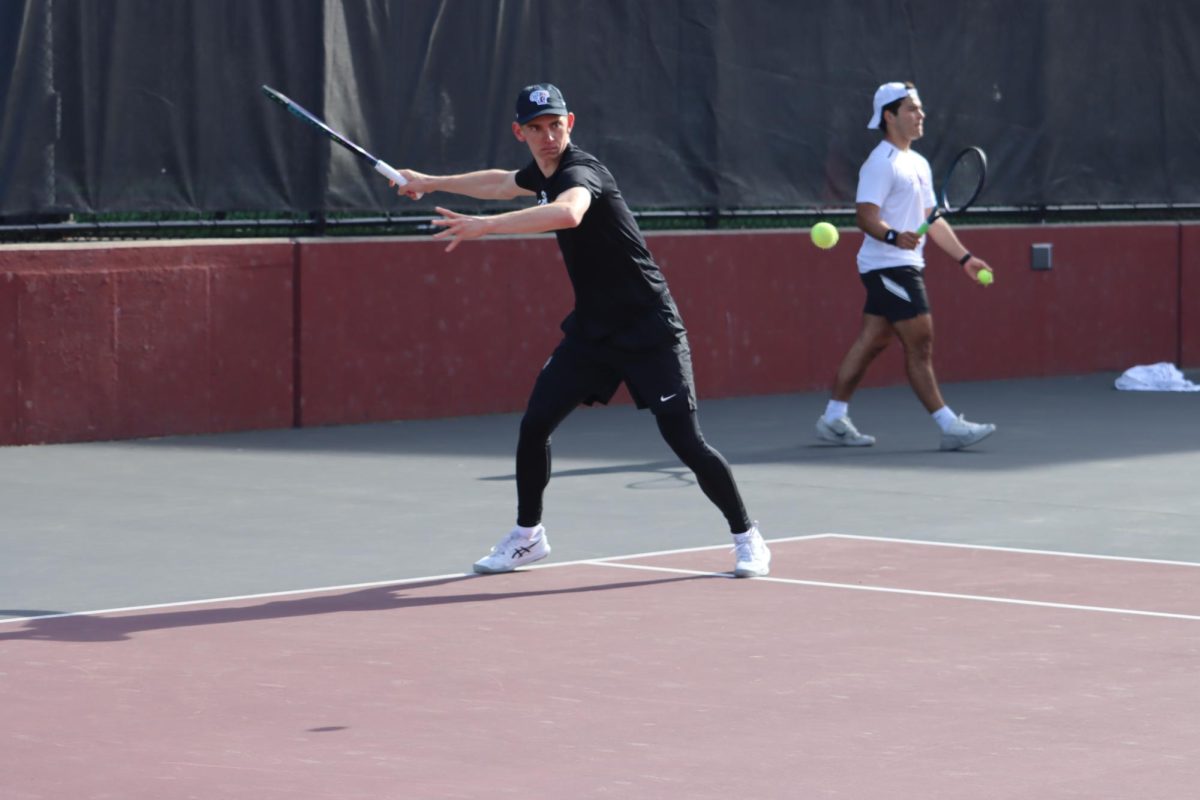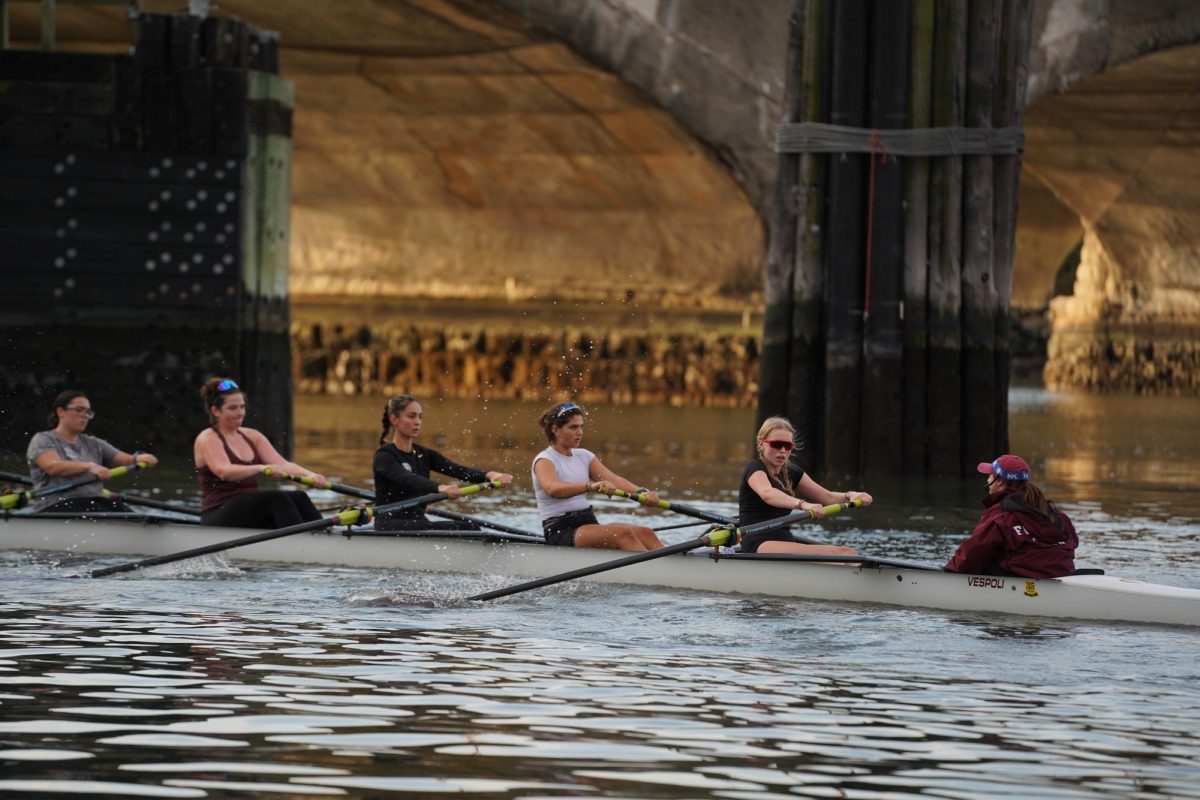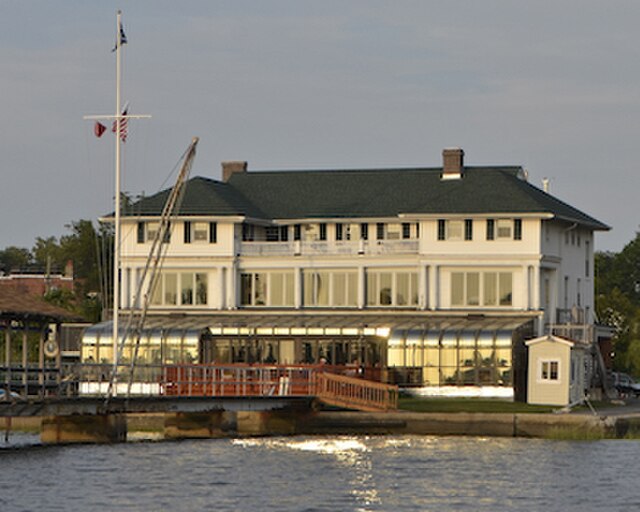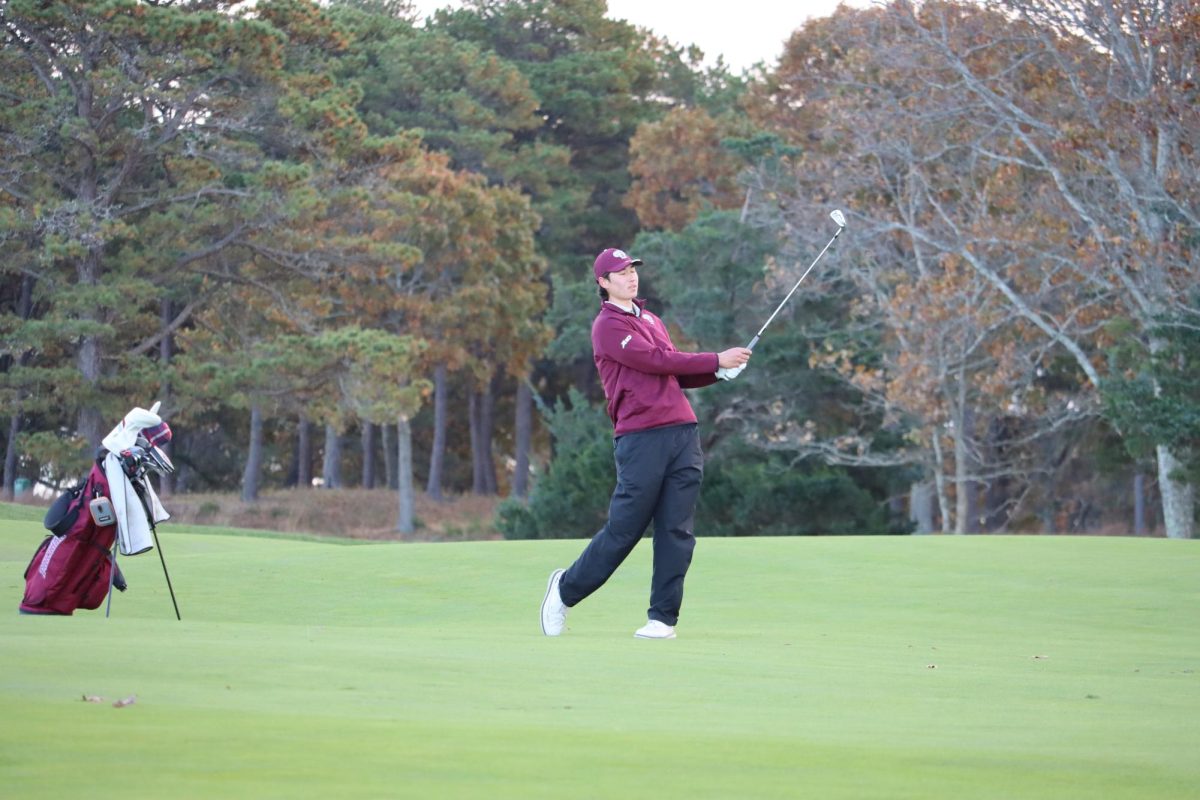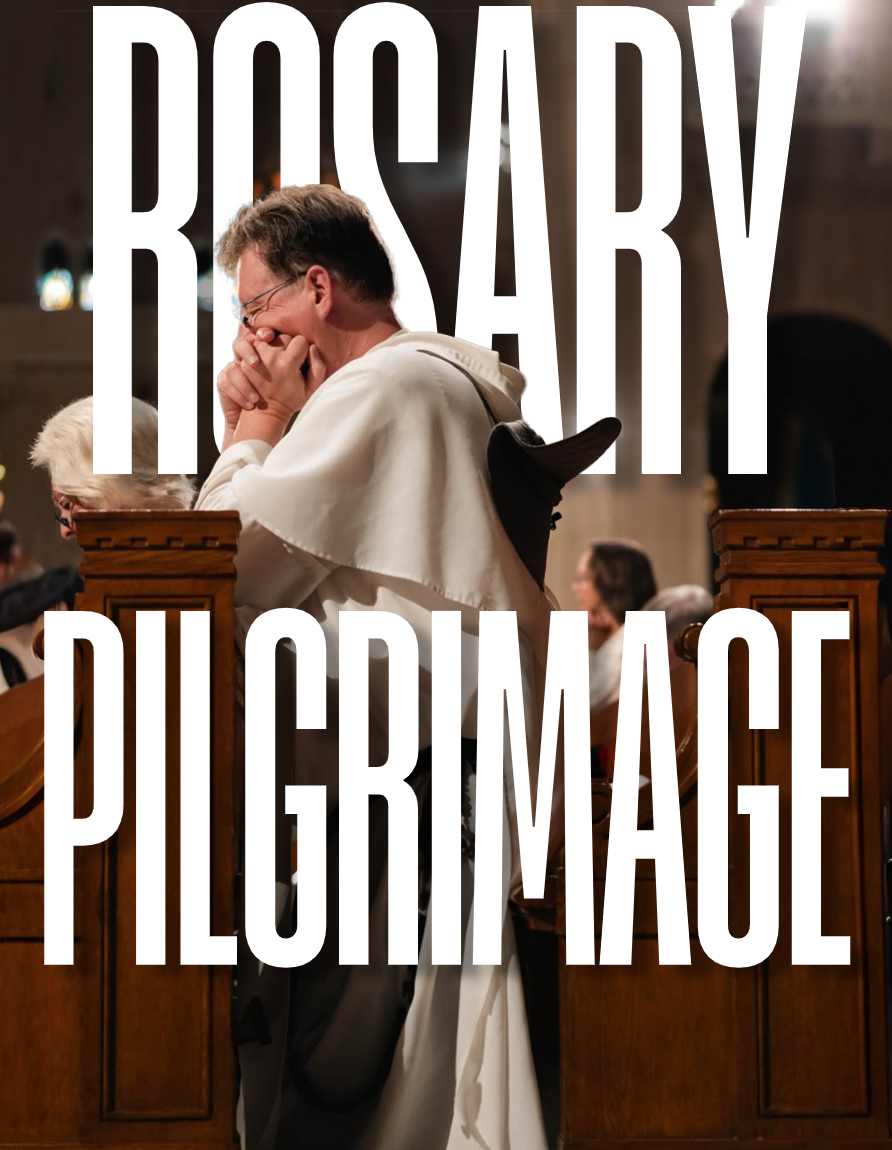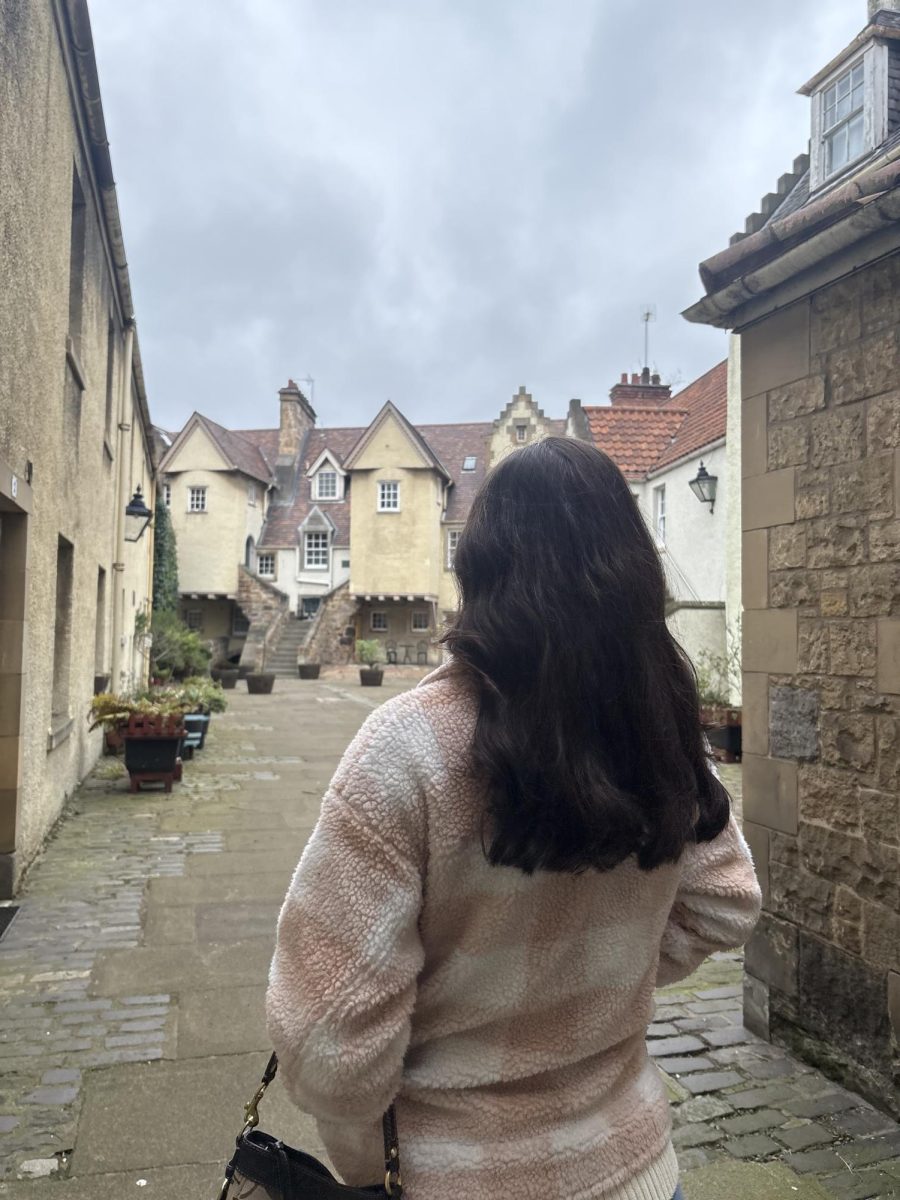New York City may be a concrete jungle, but green spaces in the city are more common than one might expect — and no, I’m not just talking about Central Park. Our community gardens, which are smaller than the Strawberry Fields within Central Park but far greater in number, are one of the greatest resources the city has to offer. These gardens are hugely important to the urban ecosystem and should receive far more recognition, support and funding. Fordham University should strive for a closer relationship with the local sites, starting with a greater overall commitment to community engagement.
According to GreenThumb, an organization that supports community gardening nationwide, there are more than 550 community gardens spread throughout NYC’s five boroughs. Many of these gardens are small and overlooked, but that does not make their impact insignificant. These communal plots of land represent a return to the natural world, offering city dwellers a respite from the bustle of urban life. In many cases, they also yield homegrown produce for members of the surrounding community.
NYC’s community gardens were originally developed in order to combat poverty and food insecurity in the city. This development began as an experiment in the 1890s, transforming several thousand of the city’s vacant lots into sites for “quarter-acre farming” that allowed residents to grow their own produce. Community farmers successfully profited from this new system, and as a result, the gardens continued to expand.
Although some of the city’s gardens are now used as spaces for recreation rather than agriculture, community farming is still a popular practice. Sites such as the Drew Gardens in the West Farms area and the Pleasantville Community Garden in East Harlem function primarily as little urban farms, providing fresh produce for many NYC residents. Residents of the city can buy a plot of land within the garden for a nominal sum, usually around $10, and then grow any plants they desire; this system creates both agency and affordability, two things that are often lacking in an urban lifestyle.
I have had the pleasure of taking a class trip to visit the Pleasantville Community Garden, a small but highly productive agricultural site located on 342 Pleasant Avenue in East Harlem. This garden is home to a greenhouse, a composting system, several community plots and a thriving chicken coop. As visitors to the garden, my classmates and I were given a quick tour before beginning tasks like weeding and mushroom bagging, which gave us a hands-on introduction to the world of community gardening. I learned a lot from one short afternoon of volunteering, including the importance of wood chips in composting and the prevalence of cockroaches in New York compost heaps. I was also allowed to pick up a few chickens, which was perhaps the best part of the entire experience. Overall, it was an enjoyable trip and a wonderful diversion from a typical day in the city.
This visit to the Pleasantville garden was the first time I had engaged with the city’s community gardens, and it made me wonder why Fordham doesn’t do more to promote them. I was vaguely aware of some gardens being scattered around the city, but I most likely would never have visited one if it hadn’t been a class requirement. As it was, I took seven semesters of courses before I crossed paths with one that provided community garden engagement; the wait was worth it, surely, but I can’t help thinking that it would’ve been far better to encounter such a course as a freshman rather than a senior.
Certain Center of Community Engaged Learning (CCEL) courses do incorporate the city’s gardens; among these are classes like You Are What You Eat: The Anthropology of Food (ANTH 2700) and Ecology and Economics of Food Systems (BISC 4035), the latter of which allows students to volunteer at local community gardens and farmers markets. There are also some opportunities provided at the local Drew Gardens, where select Fordham students can volunteer during the Urban Plunge program.
Still, I feel that there is room for improvement in the relationship between our university and New York City’s gardens. Surely, Fordham’s core curriculum, which has been criticized in the past for its inflexible nature and extensive requirements, could benefit from adding a course or two that centers community engagement rather than institutional learning. CCEL is an important campus resource, but none of its offered courses are mandatory for Fordham’s core — an odd choice, certainly, given that the university is a privatized outlier in the heart of the Bronx community.
“I never was required to take one,” said Ava Riverso, FCRH ’26, in reference to CCEL courses. Riverso, who studies communications and Italian, also expressed a desire for “a required class that has the CCEL attribute, so students who value community engagement can get involved while they are at Fordham.” When asked about New York’s community gardens, Riverso stated that she only learned about their existence a few months ago but would love an opportunity to engage with them.
There you have it — in a (compostable, community-grown) nutshell, Fordham needs to do better. Community engagement should be a required part of the core curriculum, and volunteering at community gardens should be promoted as more than just a CCEL mission or an Urban Plunge component. There’s a lot to be learned from the land around us; Fordham just has to let those roots grow.


